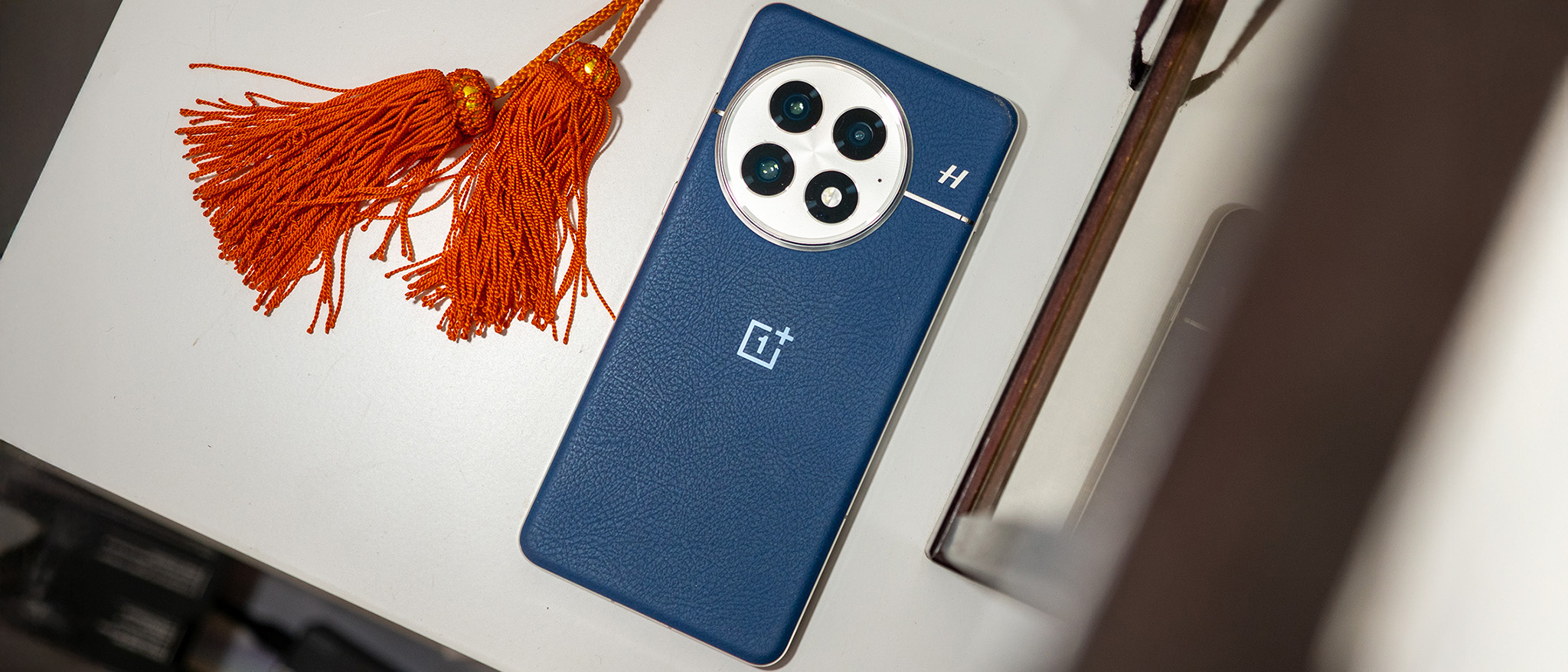Android Central Verdict
I've used a lot of devices in the 14 years I've been reviewing Android phones, but I haven't been able to consider one "perfect" until the OnePlus 13 came along. The OnePlus 13 does it all, from brilliant build quality and an eye-catching design, the first to achieve IP69 water and dust resistance, the fastest processor in any phone on the market, an incredible eye-friendly OLED with the industry's first Display Mate A++ rating, a giant battery with epically fast charging, Oxygen OS 15's amazing features, six years of software updates, and a camera that finally competes with (and often beats) Pixel and Samsung Galaxy phones.
Pros
- +
Fastest processor available
- +
Crazy good battery life and epic wired and wireless charging speeds
- +
Camera easily competes with (and can beat) Pixel and Samsung
- +
Best display on the market
- +
Brilliant build quality and the first phone with IP69
- +
Oxygen OS 15 plus 6 years of software updates (4 OS + 6 security)
Cons
- -
No Qi2 magnets
- -
Most AI tools require internet connectivity
Why you can trust Android Central
OnePlus has experienced quite a turnaround over the past few years. Once known as the "flagship killer" company, OnePlus eventually lost its original brand identity and went through some tumultuous times. However, last year's OnePlus 12 signaled a significant transformation that proved the company could produce one of the best Android phones around, with the follow-up OnePlus 13 further solidifying this fact.
Now, the company has made the best Android phone I've ever used in my 14 years of reviewing Android phones. I've never given a phone a perfect score in all that time, despite phones that have innovated or elevated the playing field, making the OnePlus 13 a particularly special phone.
It gets quite literally everything right. From the ground-breaking IP69 build quality to the best display ever reviewed by DisplayMate — including important eye care protections for users like me who are sensitive to PWM dimming — and a camera that OnePlus proudly claims "meets and beats the best out there." There's no better Android phone on the market than the OnePlus 13, and you'll find out why in my full review below.
OnePlus 13: Price and availability
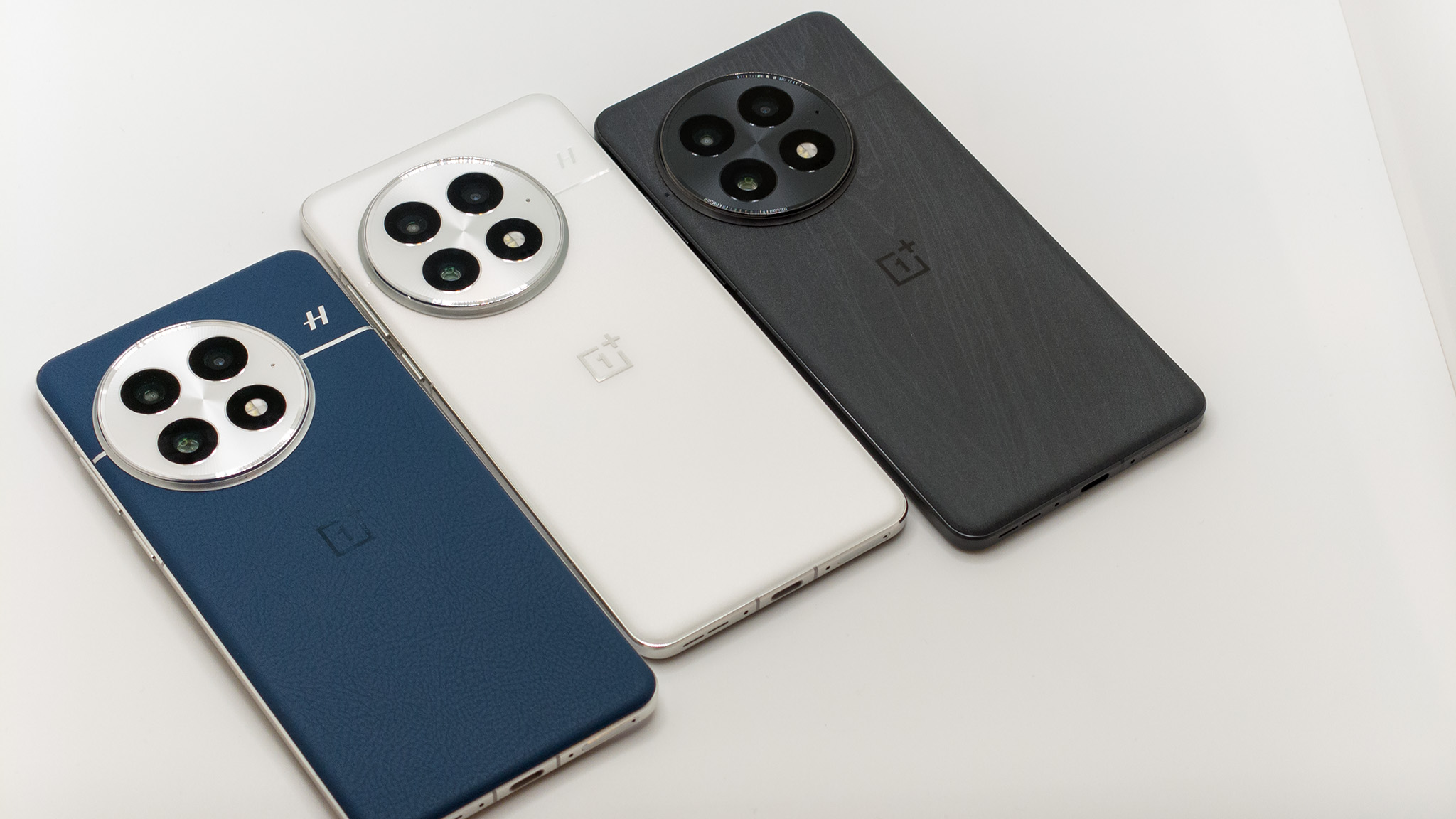
The OnePlus 13 is available globally on January 7, 2025. OnePlus offers several customization options for the phone, including three colorways and two RAM/storage combinations.
Since launch, the U.S. price of the OnePlus 13 with 16GB of RAM and 512GB of storage has dropped to $949 and can now be found at Best Buy, Amazon, and OnePlus.com.
- OnePlus 13 (12GB / 256GB): US$899 / CAD$1249 / ₹69,999 / £899. Black Eclipse colorway only.
- OnePlus 13 (16GB / 512GB): US$999 / CAD$1399 / ₹76.999 / £999. Black Eclipse, Midnight Ocean, Arctic Dawn colorways.
- OnePlus 13 (24GB / 1TB): ₹89,999. Black Eclipse colorway only.
OnePlus 13: Specs
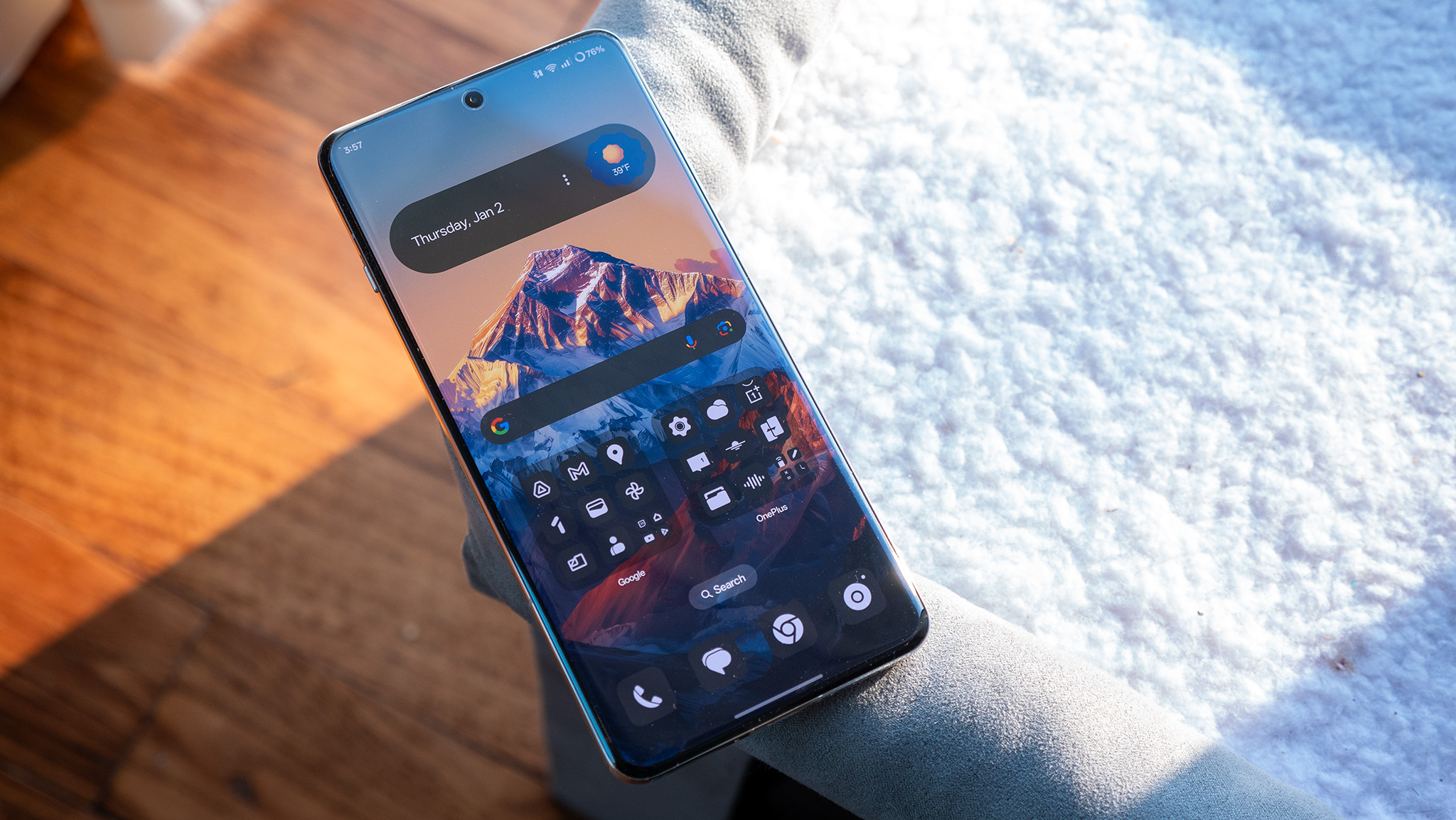
Category | OnePlus 13 |
|---|---|
OS | Oxygen OS 15 (Android 15 based) |
Display | 6.82-inch OLED, QHD+ (3168 x 1440), 1-120Hz LTPO 4.1, 4,500 nits (peak), Ceramic Guard glass |
Display eye-friendly features | DC-like dimming, 2160Hz PWM dimming, 10-bit color depth without dithering |
Processor | Snapdragon 8 Elite |
Memory | 12GB, 16GB LPDDR5X RAM |
Storage | 256GB, 512GB UFS 4.0 |
Camera 1 (Main) | 50MP (OIS), Sony LYT-808 1/1.4" sensor, f/1.6, 1.12 μm, 85-degree FoV |
Camera 2 (Ultrawide) | 50MP, Samsung S5KJN5 1/2.75" sensor, f/2.05, 0.64 μm, 120-degree FoV |
Camera 3 (Telephoto) | 50MP (OIS), Sony LYT-600 1/1.95" sensor, f/2.4, 0.8 μm, 3x optical zoom (120x digital zoom max) |
Selfie Camera | 32MP (Fixed focus), Sony IMX615 1/2.74" sensor, f/2.2, 0.8 μm, 90-degree FoV |
Battery | 6,000mAh (dual 3,000mAh) Silicon NanoStack |
Charging | 80W/100W wired, 50W wireless |
Protection | IP68, IP69, Ceramic Guard glass, optional vegan leather back |
Security | Ultrasonic in-glass fingerprint sensor |
Connectivity | 5G, Wi-Fi 7, Bluetooth 5.4 |
Dimensions | 162.9 high x 76.5 wide, 8.5mm thin (Arctic/Black), 8.9mm thin (Midnight Ocean) |
Weight | 213g (Arctic/Black), 210g (Midnight Ocean) |
Colors | Arctic Dawn, Midnight Ocean, Black Eclipse |
OnePlus 13: Design and Hardware
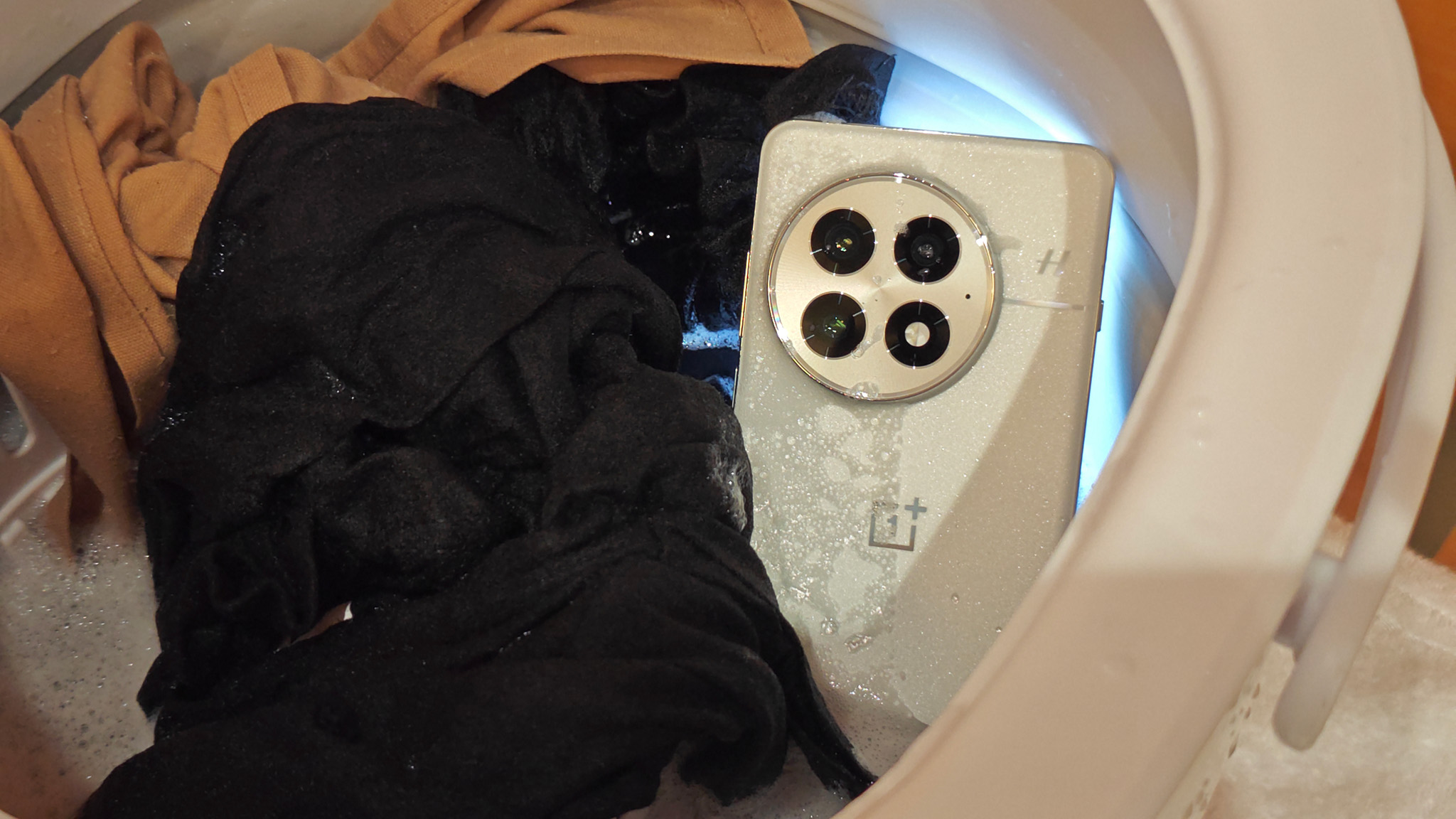
- Class-leading build quality with the first-ever IP69 rating for phones, including extreme heat and cold resistance.
- Classic features like the alert slider are here and still amazing.
- A new vegan leather option looks and feels incredible, adding additional resistance versus the glass models.
The OnePlus 13 is the perfect blend of classic OnePlus phone design and modern design trends. It keeps the trademark alert slider on the side, making it easy to switch between silent, vibrant, and normal volume modes. It features the best haptics I've experienced on any Android phone, further enhanced by some impressive haptic implementations in OxygenOS 15.
The OnePlus 13 features a far flatter display than previous OnePlus phones, but still isn't fully flat like the Galaxy S25 Ultra or Pixel 9 series. While I prefer the slight curve to all four corners for comfort, this ultimately means that most OnePlus 13 screen protectors will not be tempered glass.
Get the latest news from Android Central, your trusted companion in the world of Android
OnePlus gave the side rails a more tapered edge than Samsung or Google have done with their latest phones. I'm not a fan of phones with completely flat edges as I find them more difficult to hold and uncomfortable to use.
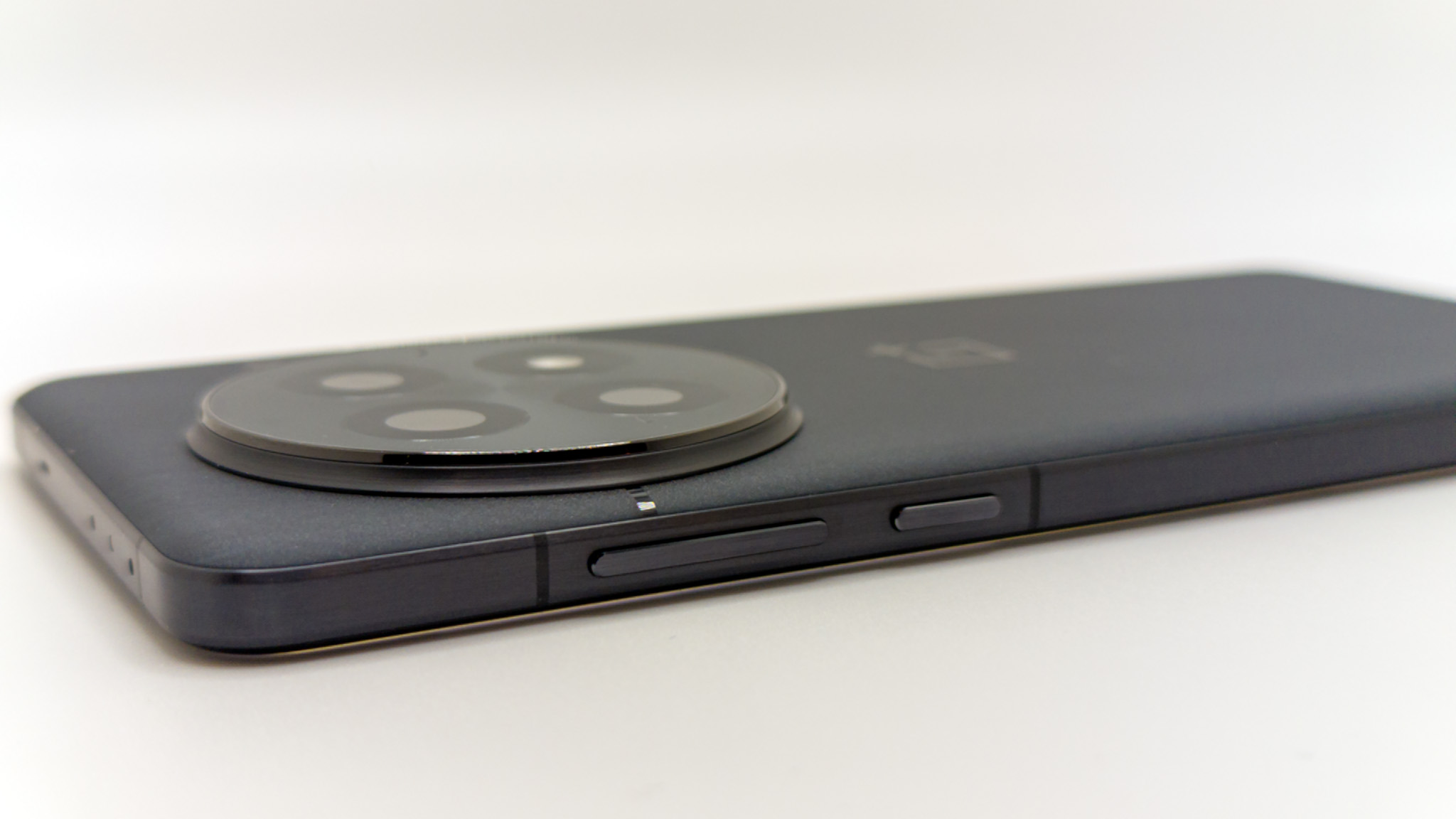
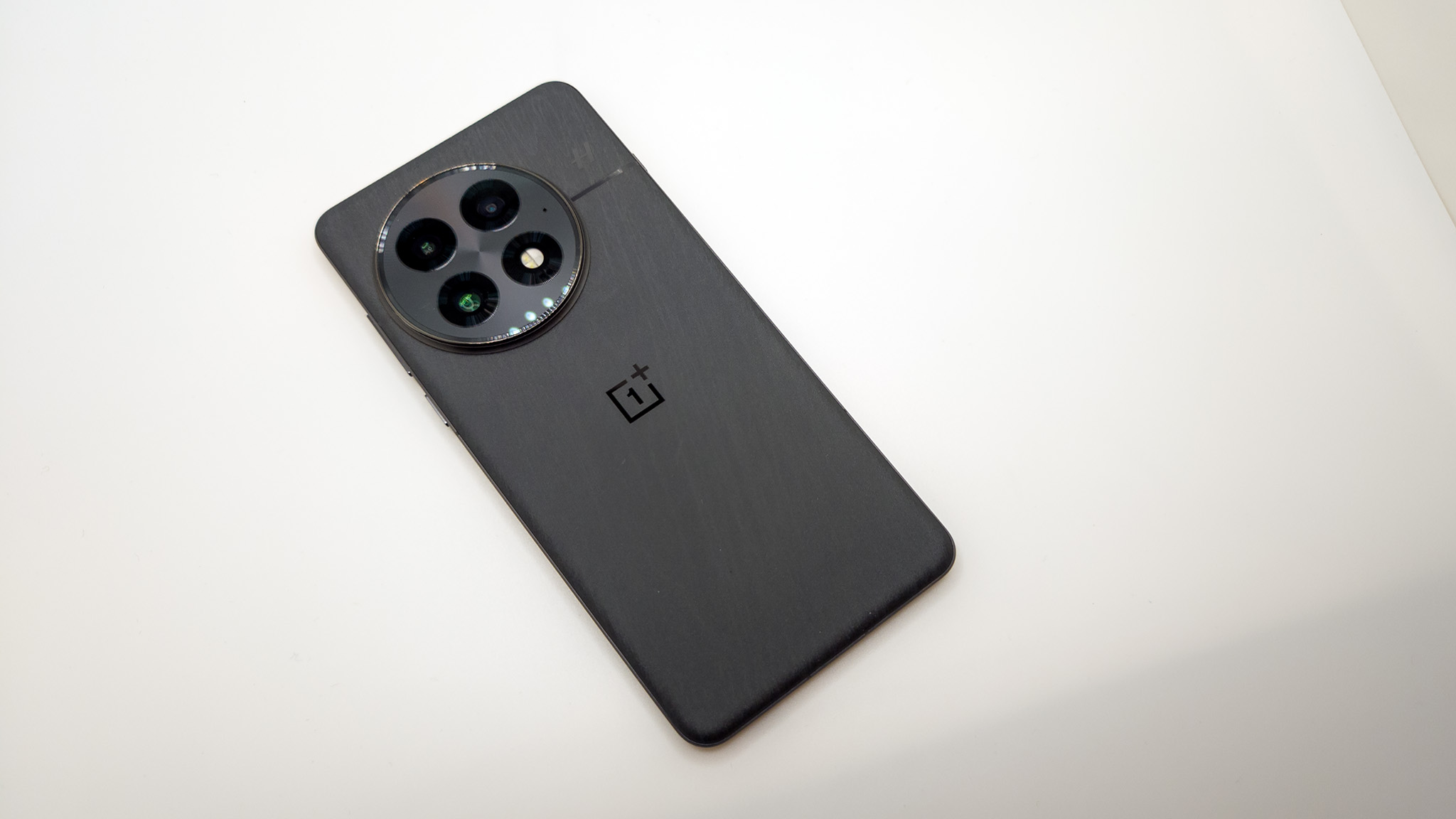


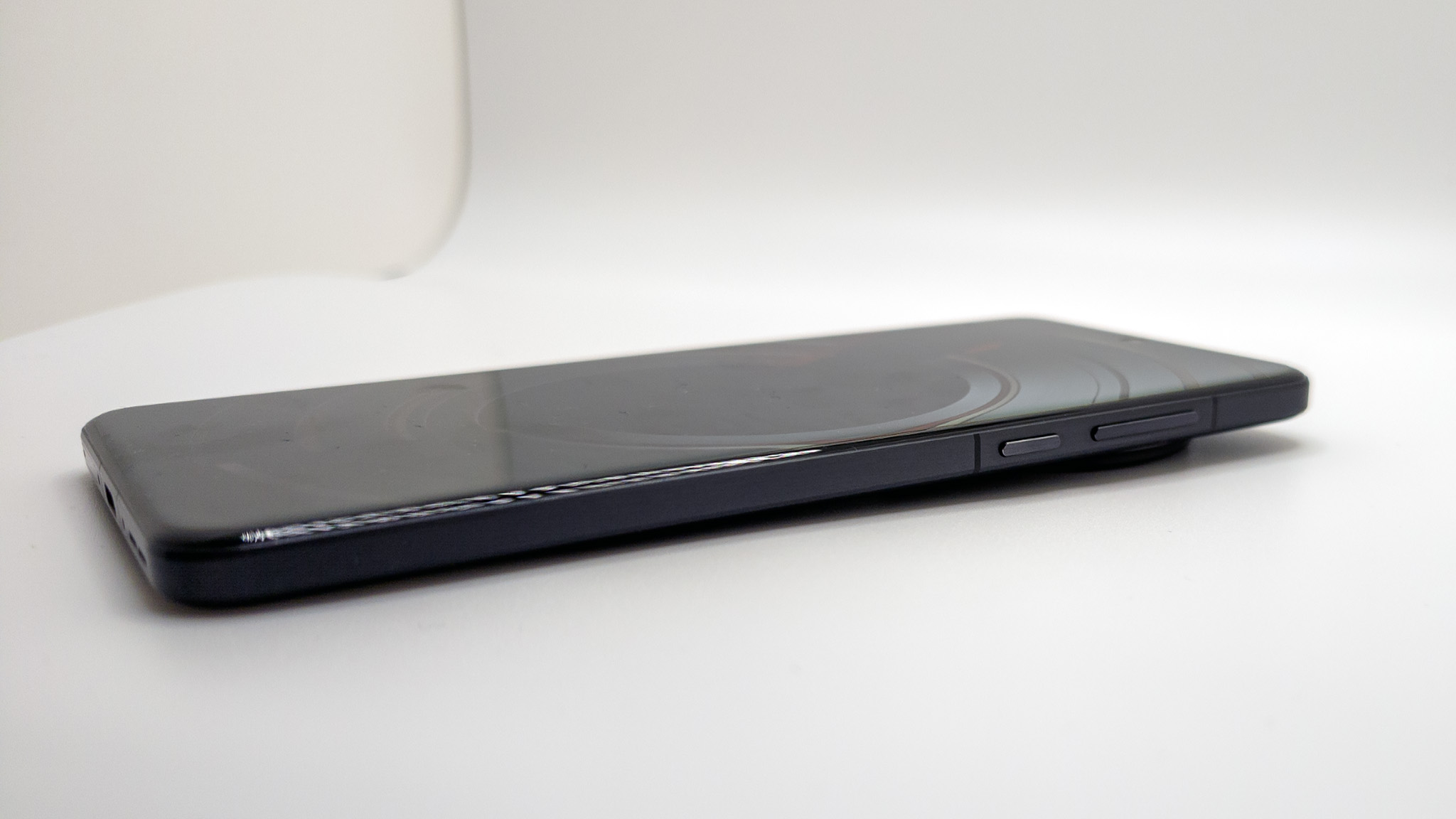


Despite having a battery that's 600mAh larger than the OnePlus 12, the OnePlus 13 ends up being a bit thinner — 9.2mm for the OnePlus 12 versus 8.5mm thin for the Arctic and Black colorways, or 8.9mm thin for the blue Midnight Ocean variant.
The textured glass on the Arctic and Black colorways is quite nice looking, but nothing can beat the vegan leather blue model that I've got for review. Every company's "vegan leather" feels a little different, and the one OnePlus uses here feels like suede, which is particularly fitting since it's blue. Additionally, according to OnePlus, the phone is even more durable since it has no glass on the back at all.
No matter what colorway you choose, every OnePlus 13 is IP68 and IP69 water and dust-resistant. As Harish Jonnalagadda explained in his exclusive interview with OnePlus's head of design, both certifications are necessary because they signify different things. IP68 covers water submersion, while IP69 includes the ability to withstand high-pressure jets of water at up to 80 degrees Celsius.

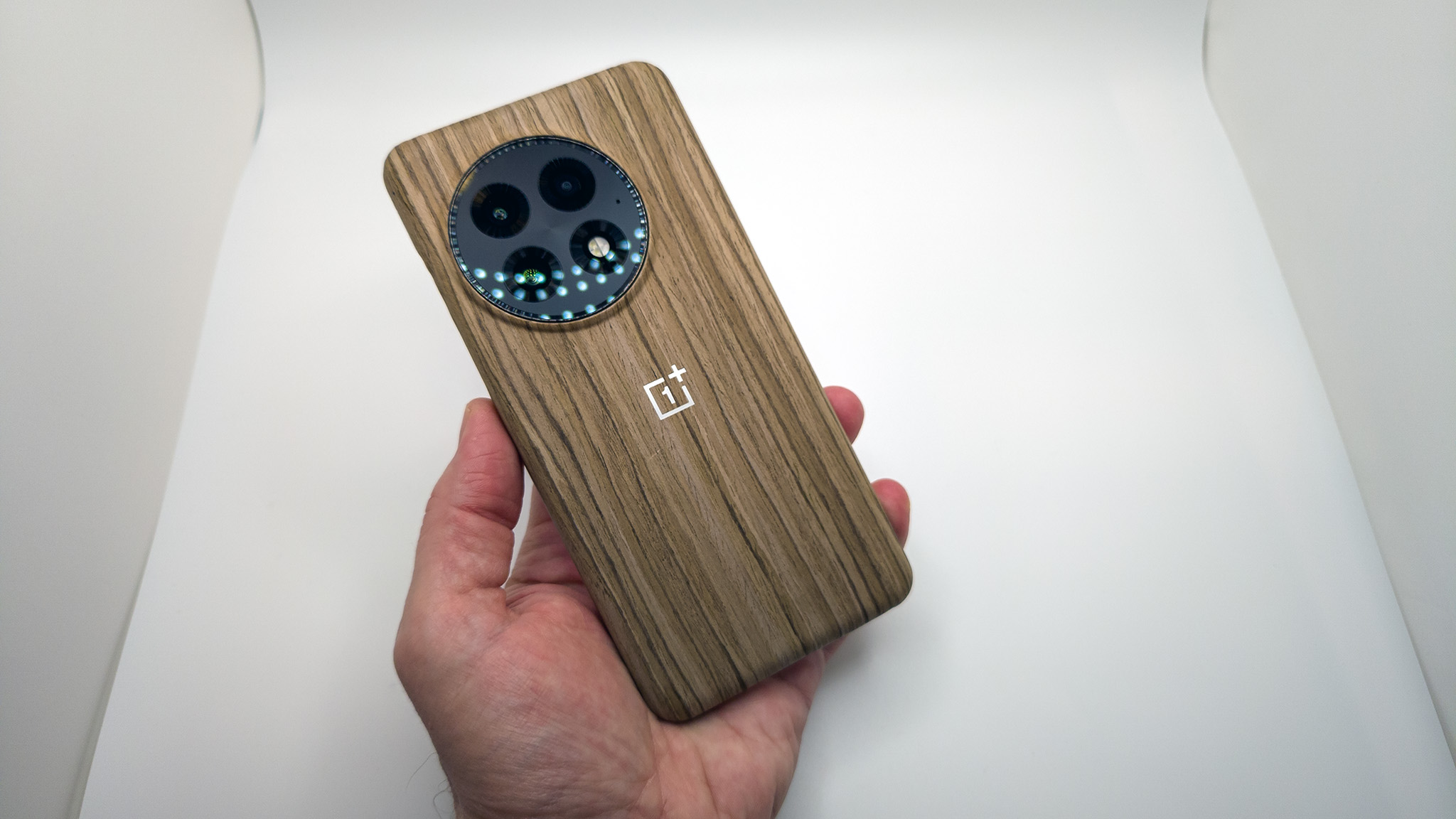
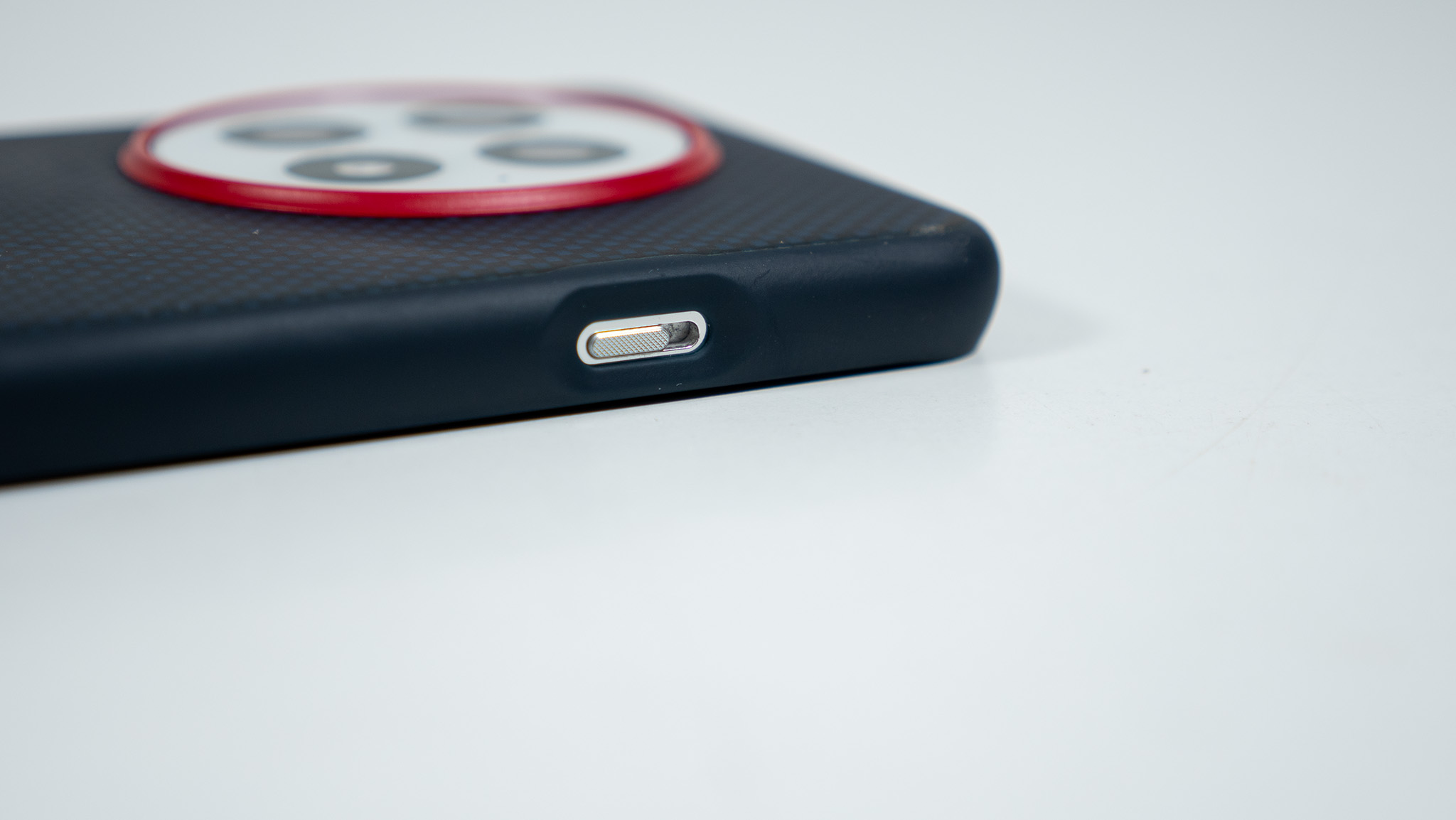
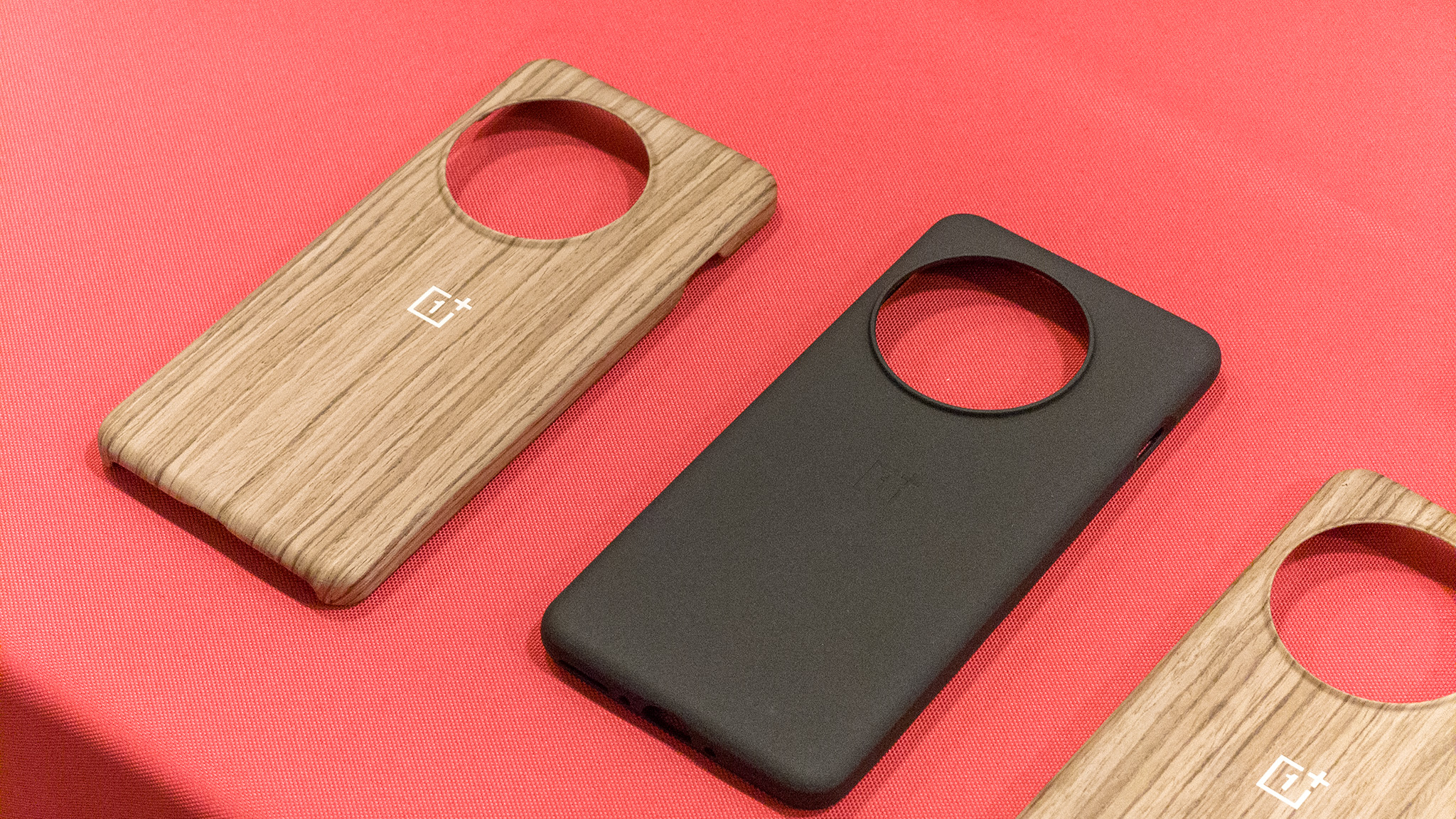
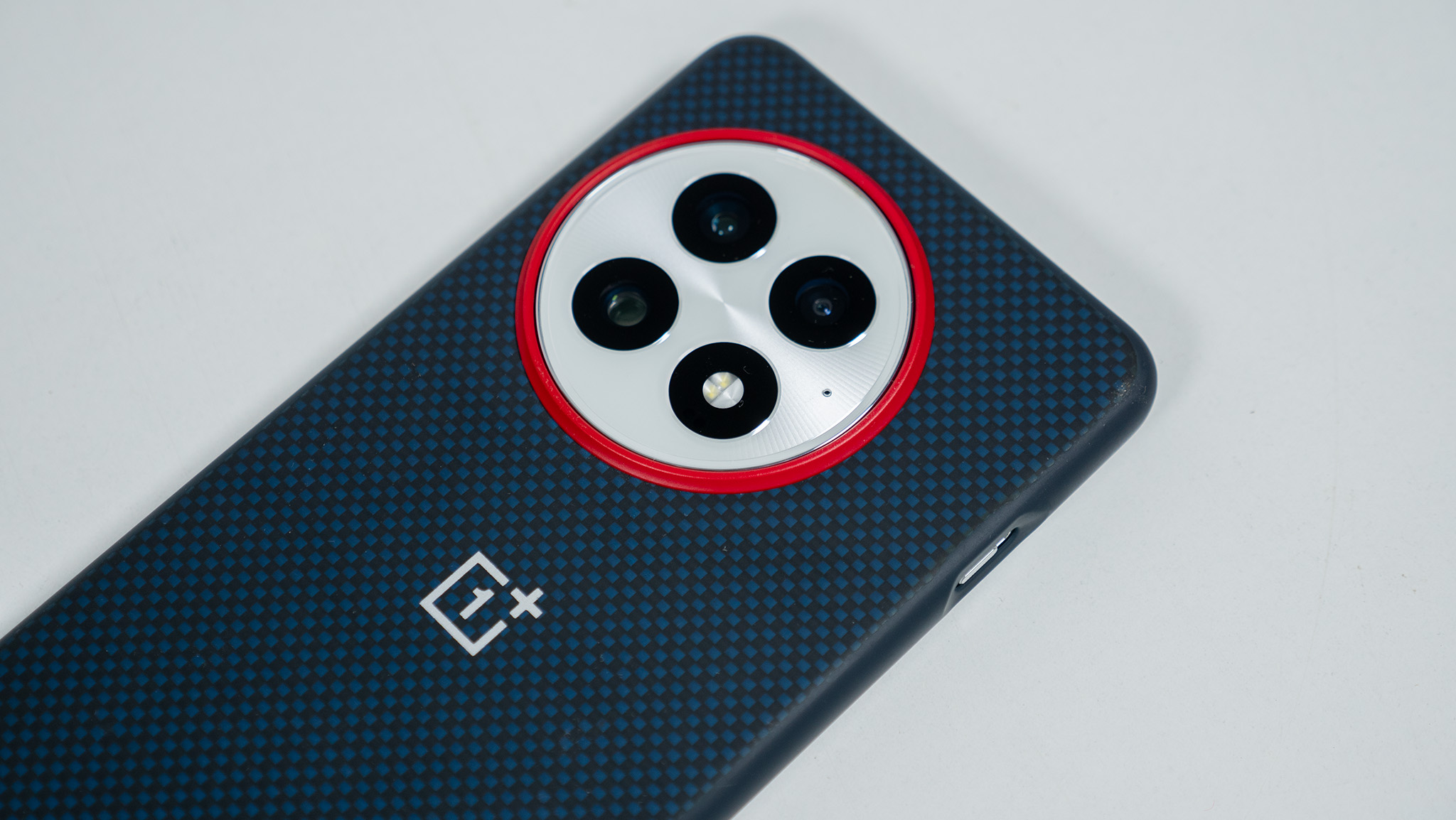
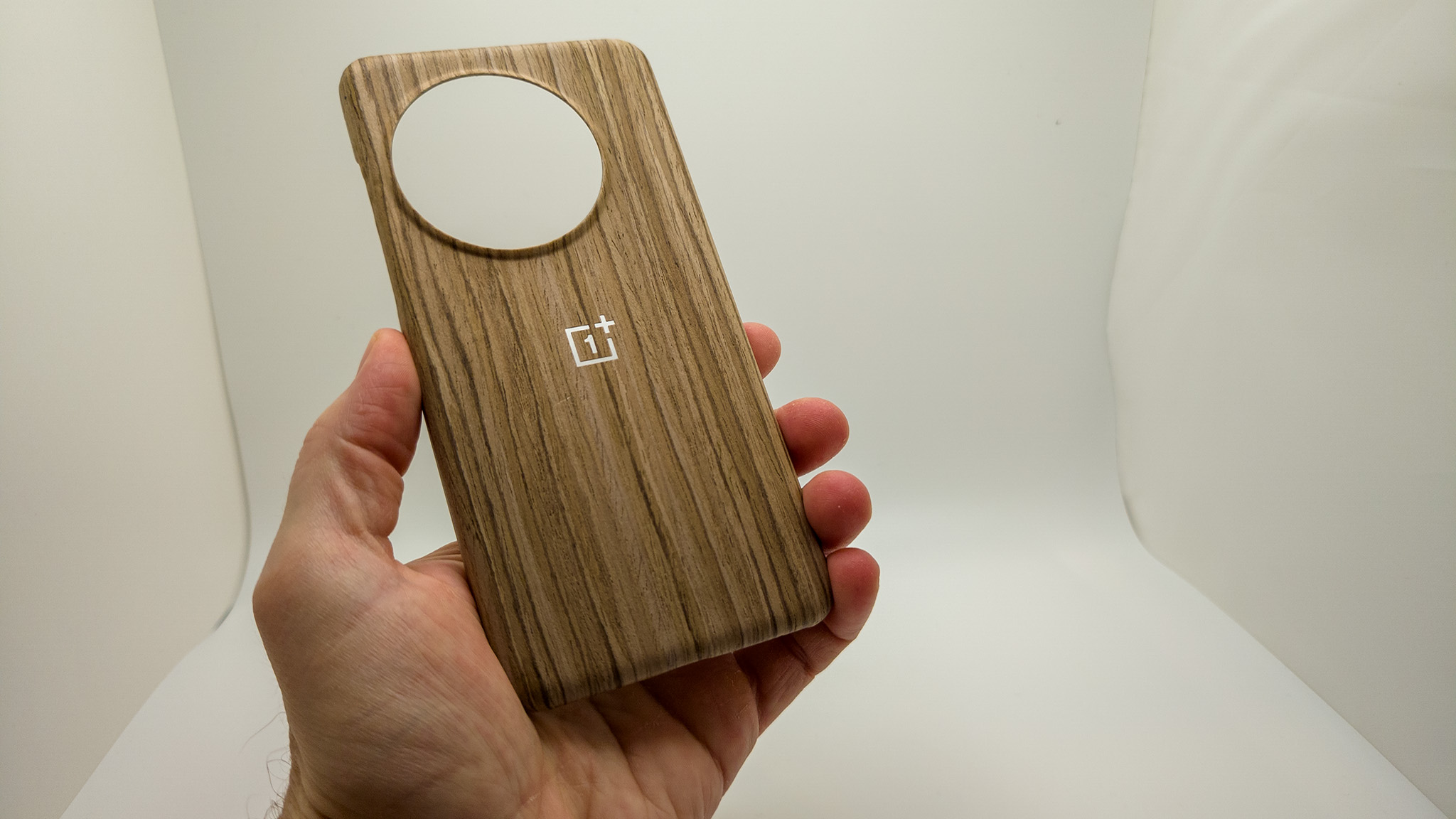
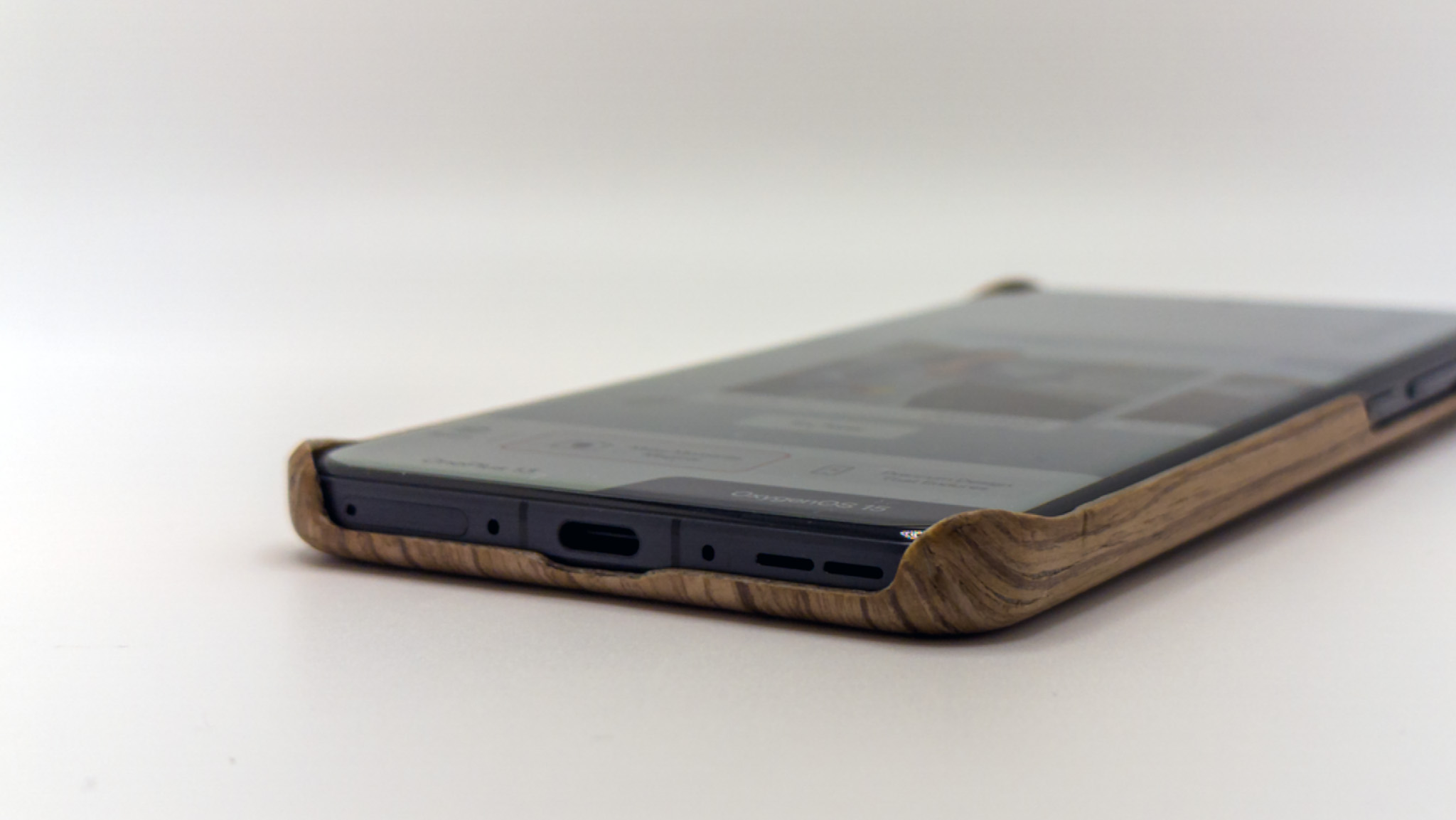
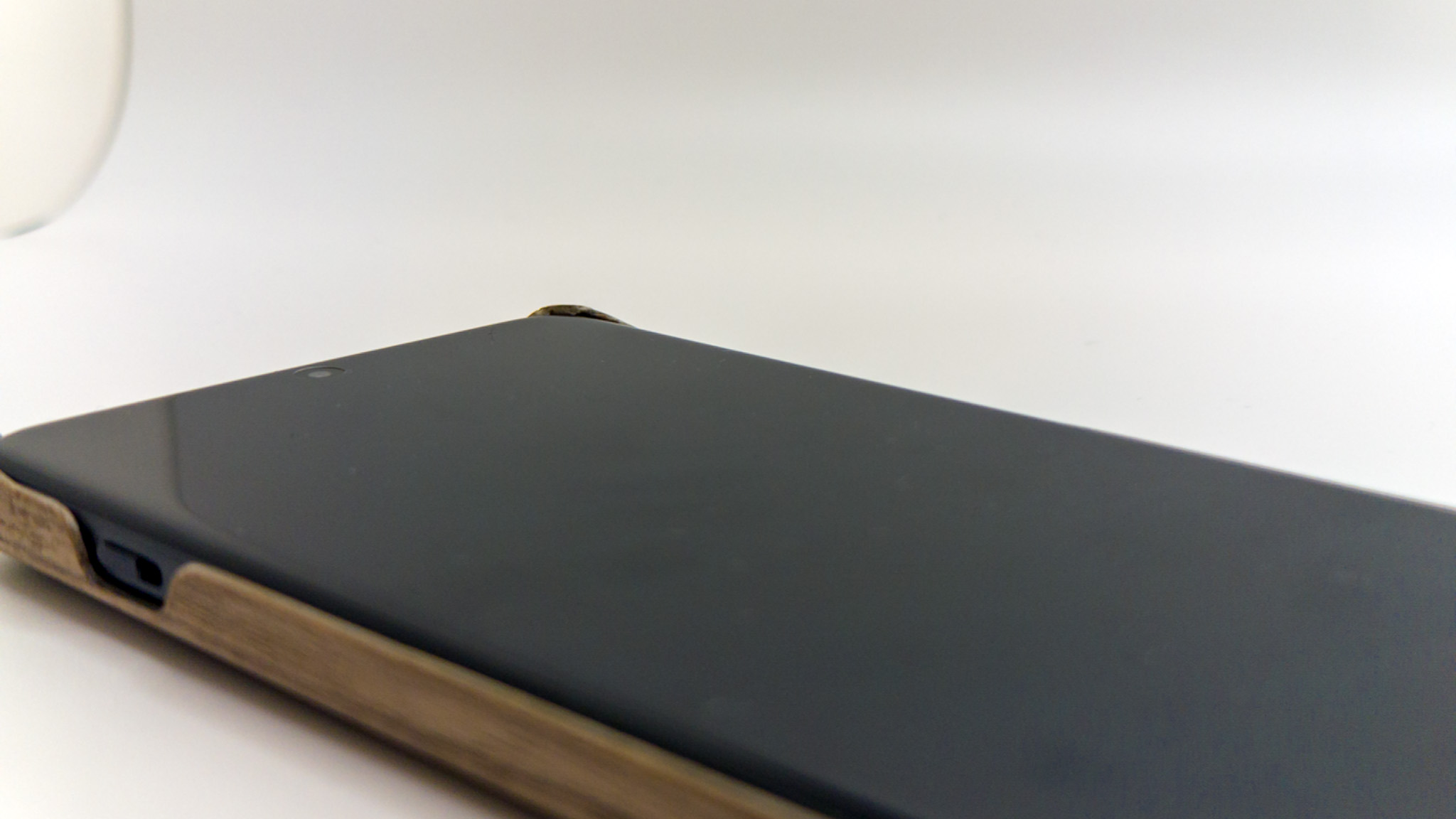
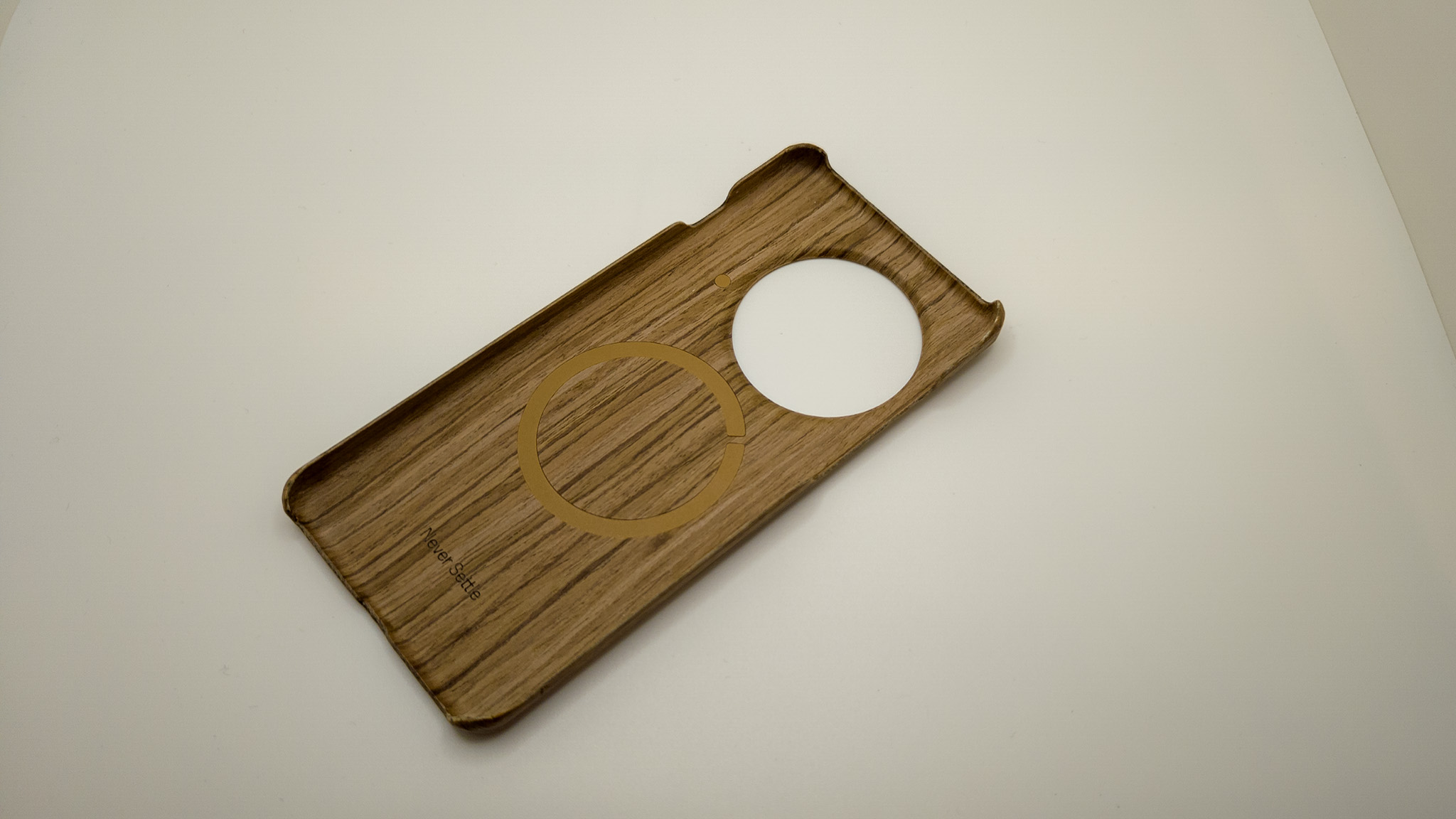

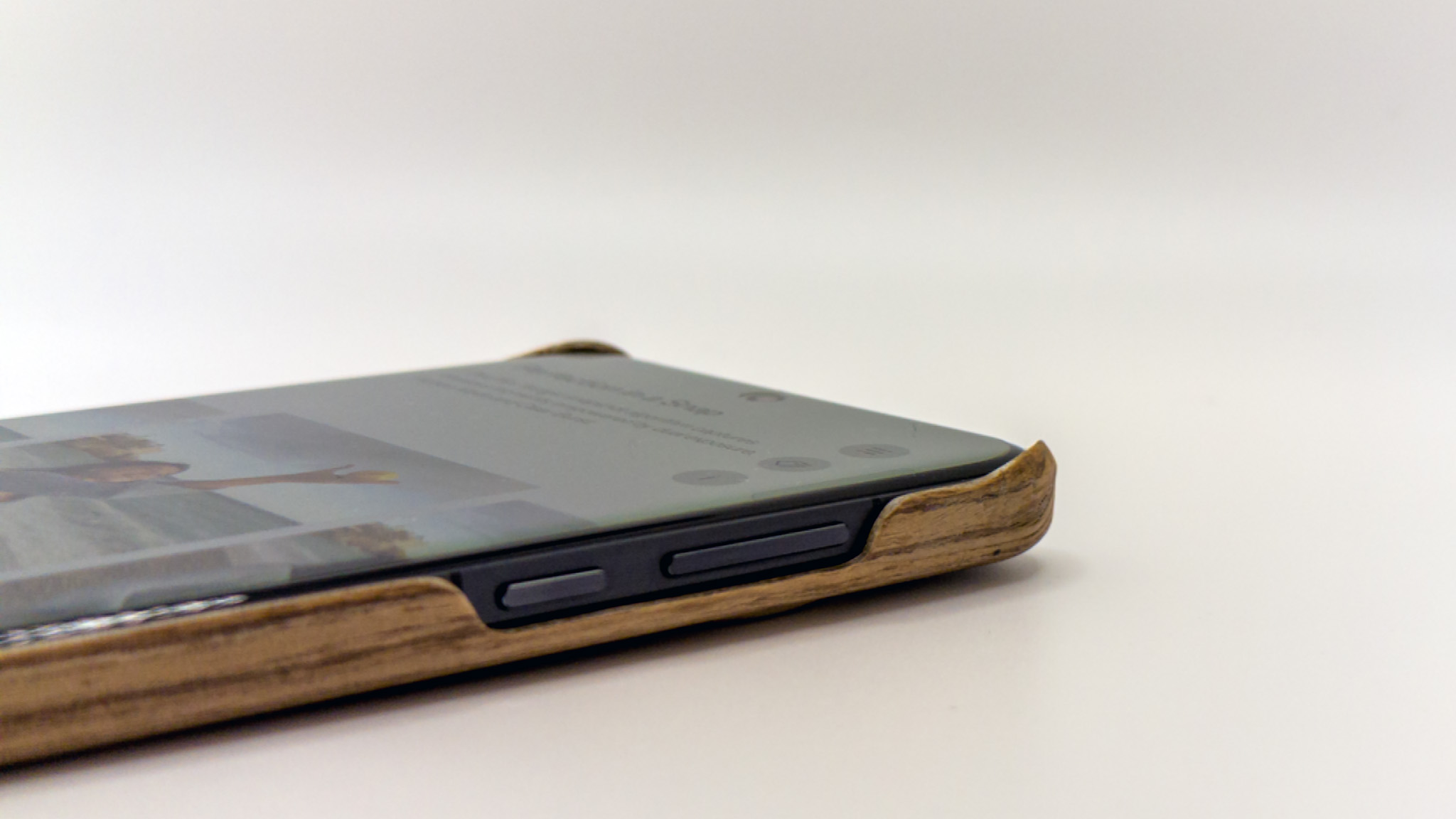

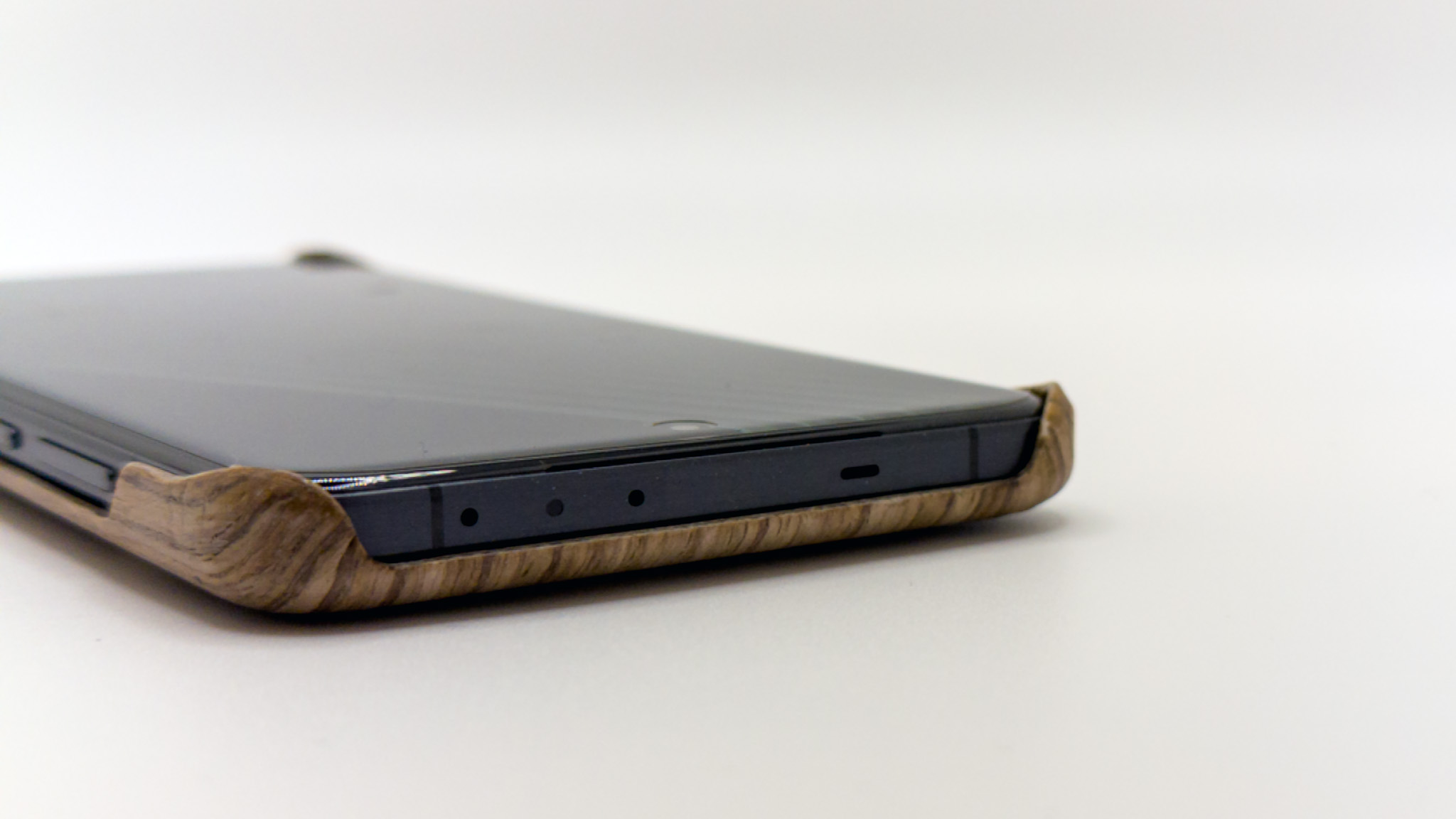
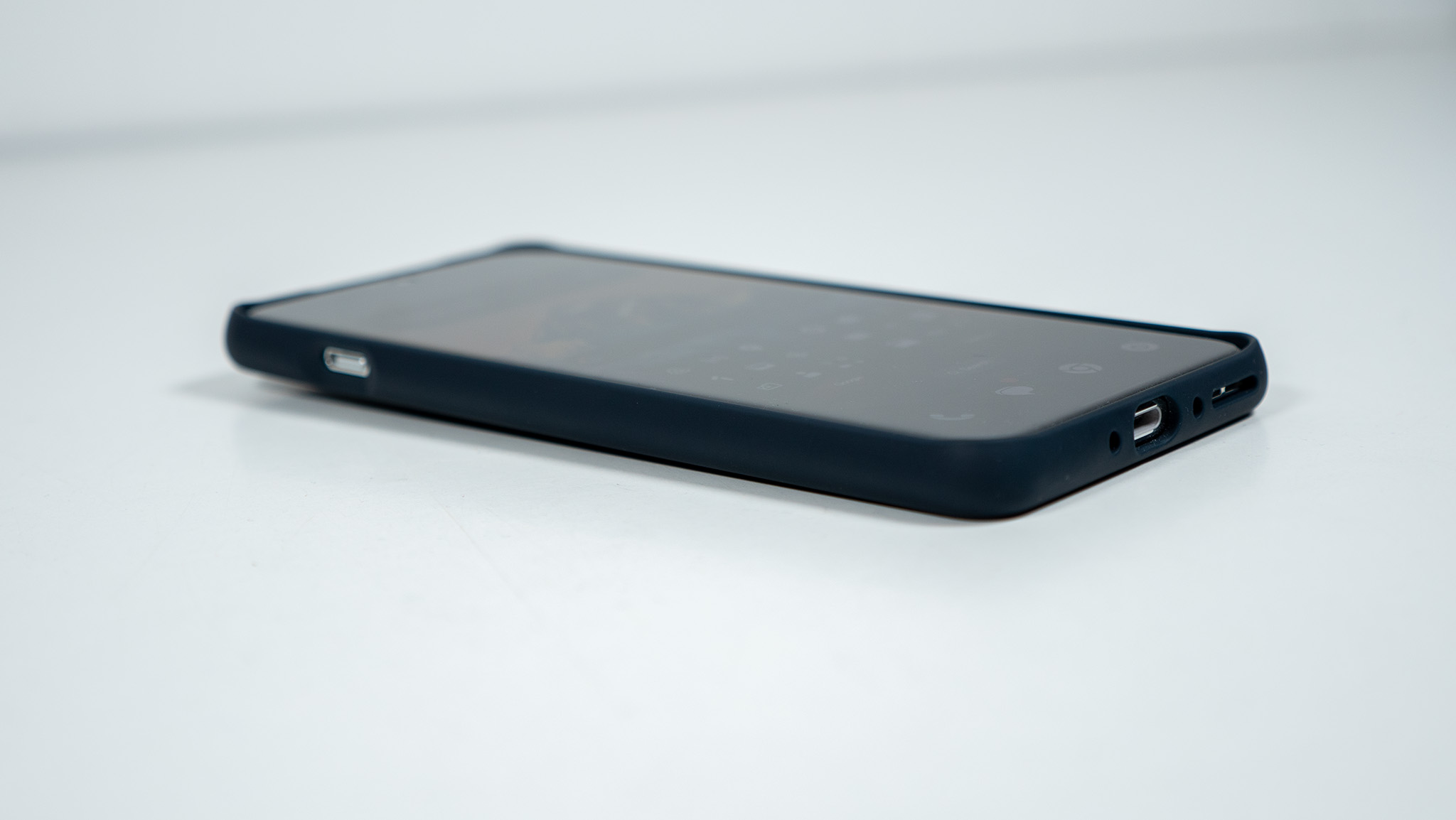
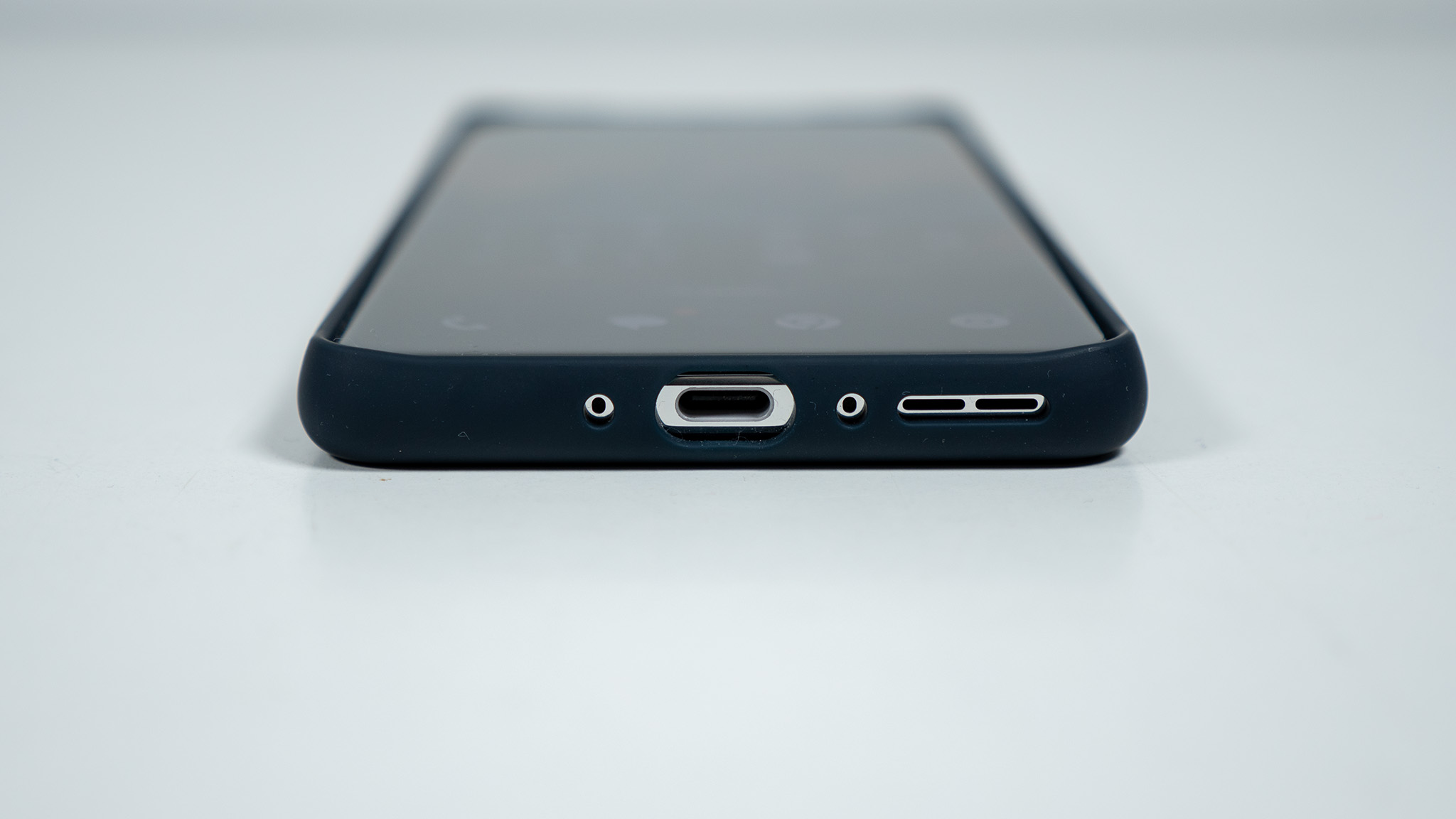

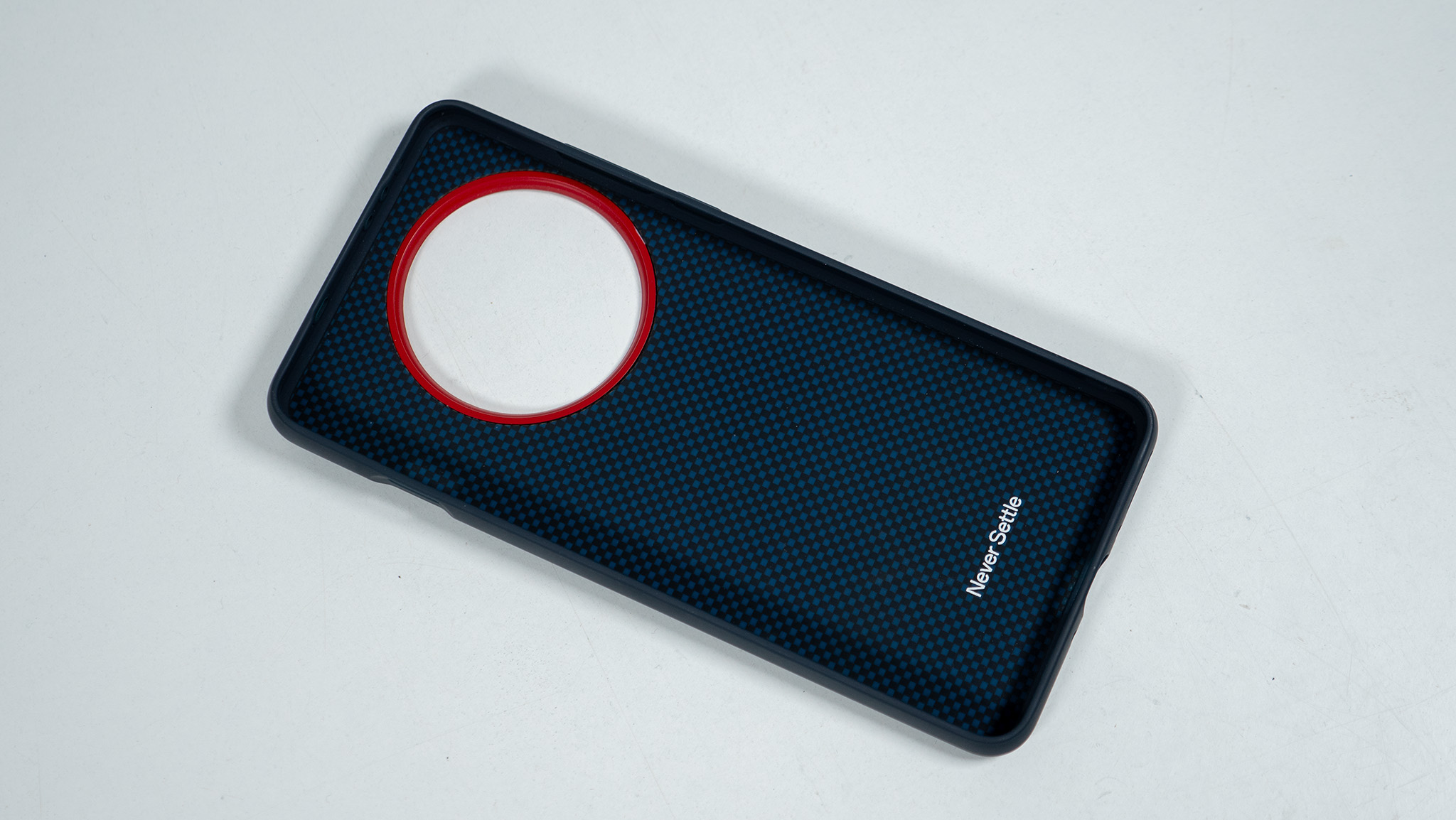

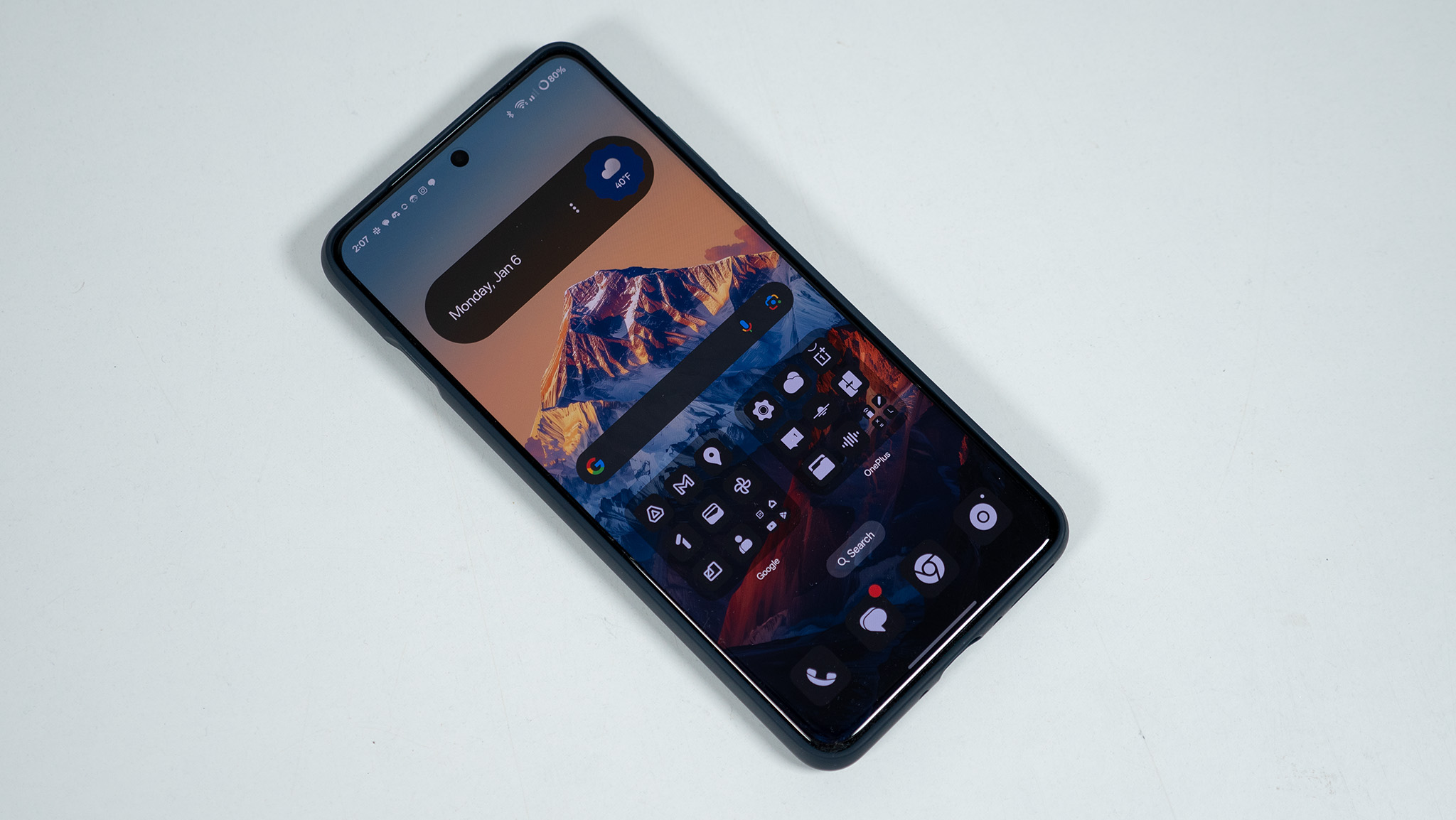
To test this out, I ran a blue OnePlus 13 through a dishwasher's sanitizing cycle for four hours. I then took the OnePlus 13 to a 68 °C (155 °F) sauna and played Minecraft on it for half an hour, all while keeping it in one of the company's own cases. The phone never got above 50 °C, but I'll cover performance in more detail in a separate section below.
This is the best-built Android phone on the market, full stop. OnePlus is so confident in the build quality that the company showcased a OnePlus 13 being dropped in hot cooking oil, only to retrieve it and use it right after. Funny enough, like every other phone on the market, it's not rated for salt water.
My one disappointment with the hardware is the lack of Qi2 or integrated magnetic charging support. All of the official OnePlus 13 cases include magnets and full Qi2 support — even the full 15W wireless charging speed — but it's frustrating that no major Android company can seem to get magnets in a flagship phone, even in 2025. OnePlus obviously isn't alone here, but the company at least sells all its official OnePlus 13 cases and accessories that can get the job done.
OnePlus 13: Display
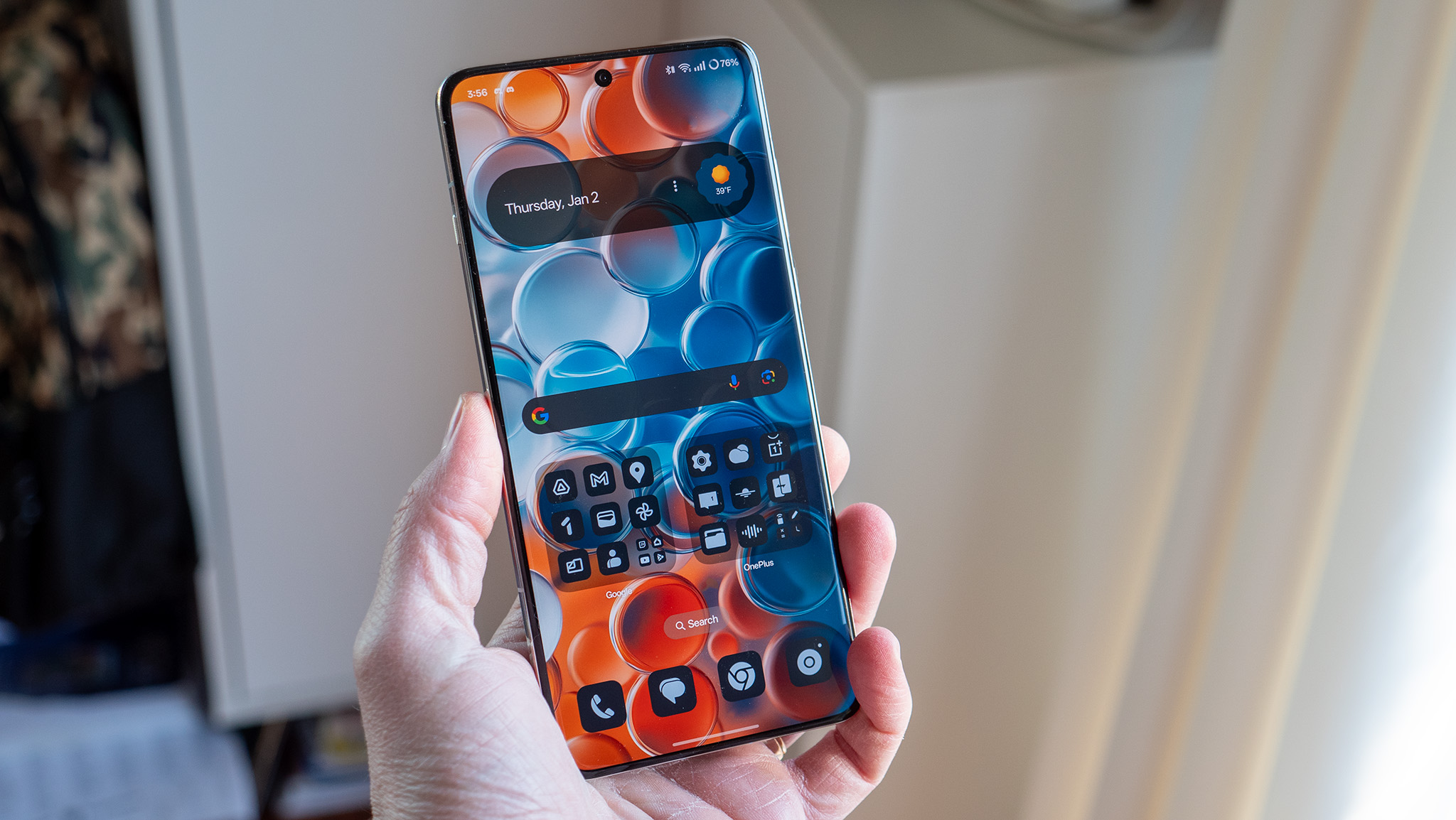
- Stunning OLED panel with TÜV Rheinland Intelligent Eye Care 4.0 certification.
- Features DC-dimming options, 10-bit color with no dithering, and 2160Hz PWM dimming at low brightness.
- The display is not fully flat, making tempered glass screen protectors difficult to find.
The OnePlus 13 features the best display of any phone on the market — an award that regularly changes hands every few months, but feels more critical on this phone than some others. Notably, OnePlus doesn't use a Samsung display. While many consider Samsung AMOLED panels to be "the best" for image quality, Samsung has been slipping over the past few years. This is a true 10-bit OLED, unlike the Galaxy S25 Ultra's 8-bit panel, ensuring the colors you see are genuine rather than artificially created through dithering.
The OnePlus 13's OLED panel has not only achieved the first-ever DisplayMate A++ certification thanks to its new extra-high brightness RadiantView mode, but it has also achieved the more critical TÜV Rheinland Intelligent Eye Care 4.0 certification. Phones like the Pixel 9 Pro may have a brighter standard output, but they don't achieve this in a way that's safe for your eyes, leading to PWM dimming sensitivity in individuals like me.
When you step into the sunlight, the OnePlus 13's RadiantView sunlight display algorithm kicks in to boost brightness beyond what other phones on the market offer. Samsung famously added an anti-glare layer to its screen on the Galaxy S24 Ultra to improve sunlight visibility, but the OnePlus 13 is even easier to see in sunlight, despite not sporting this layer. I tested this on a sunny beach in the Bahamas and came away impressed with its readability.
Under the display is a new ultrasonic fingerprint sensor that replaces the optical sensors OnePlus has used since the company's first phone. I typically loathe ultrasonic sensors as they don't work well for me, and I've noted this on every phone I've reviewed with an ultrasonic sensor over the past few years. I can thankfully say that the one on the OnePlus 13 doesn't suffer from the same problems.
OnePlus 13: Battery life, charging, and performance
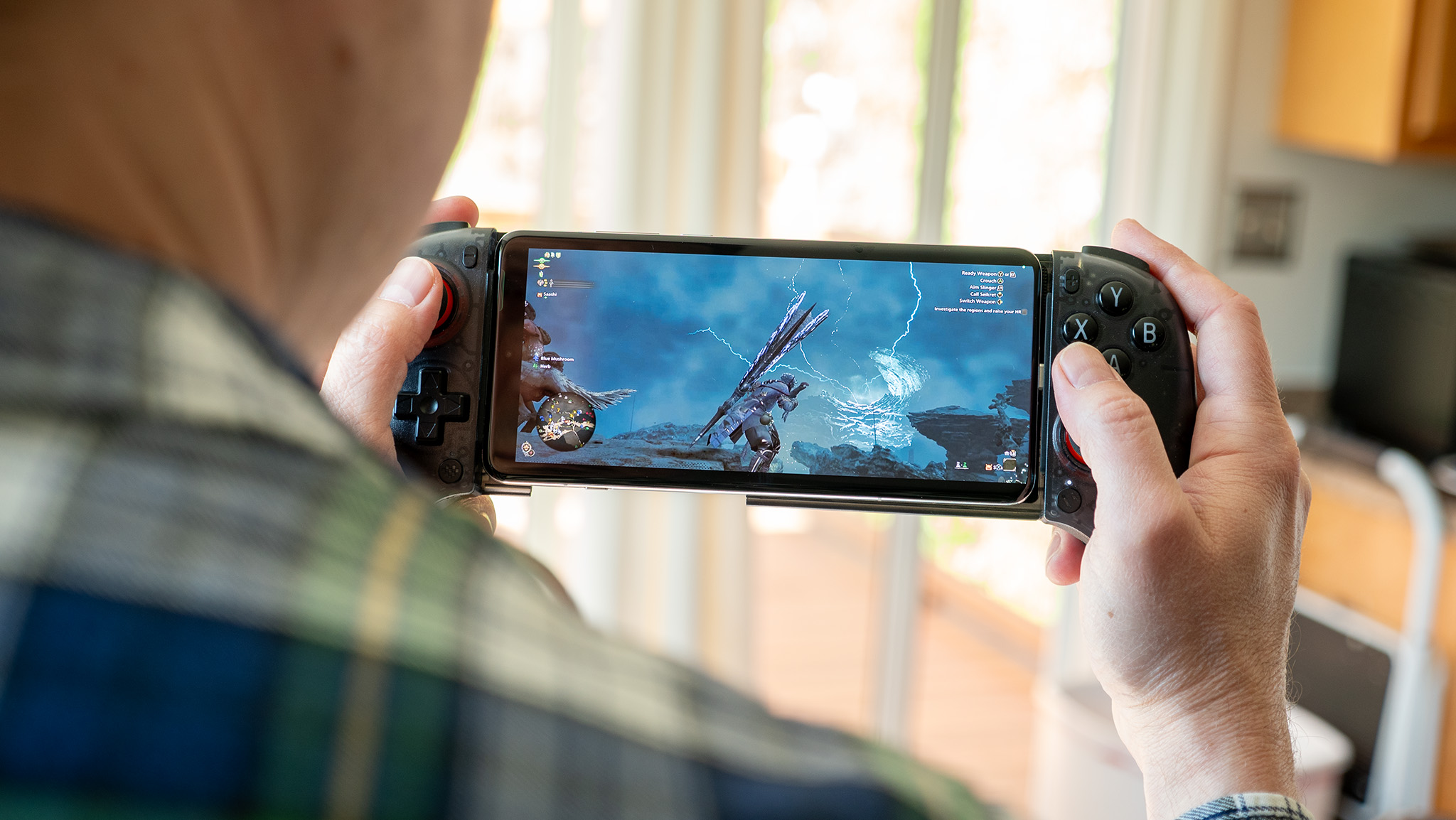
- Few phones in the U.S. charge this fast, and excellent overall battery life means you'll never have battery anxiety.
- Top-notch performance with higher heat tolerance ratings than most phones without the throttling.
- OnePlus' multitasking UI is the best in the business, making it easy to switch between 10 apps with just two swipes.
One of the foremost reasons people have chosen OnePlus phones in recent years is that they feature the fastest charging speeds available. Battery anxiety completely disappears with a phone like the OnePlus 13 because you don't need more than 15 minutes to top up your battery, thanks to the company's SUPERVOOC 80W charging capability.
OnePlus still includes a charger in the box in most regions, meaning you won't have to spend another $50 on something that'll give you full speed. It's yet another reason OnePlus offers better value than other companies, ensuring you get the best experience out of the box. I always seem to underestimate just how fast this phone charges and am constantly surprised when I plug it in for 10 or 15 minutes and see that it's already in the 80% range.
To enhance battery safety and longevity, OnePlus has not only incorporated 14 temperature sensors into the phone but has also improved its battery by incorporating 10% silicon content. That makes it a 5.5% denser battery than the OnePlus 12, allowing the company to increase the battery capacity by 600mAh while still reducing the physical size and weight of the battery.
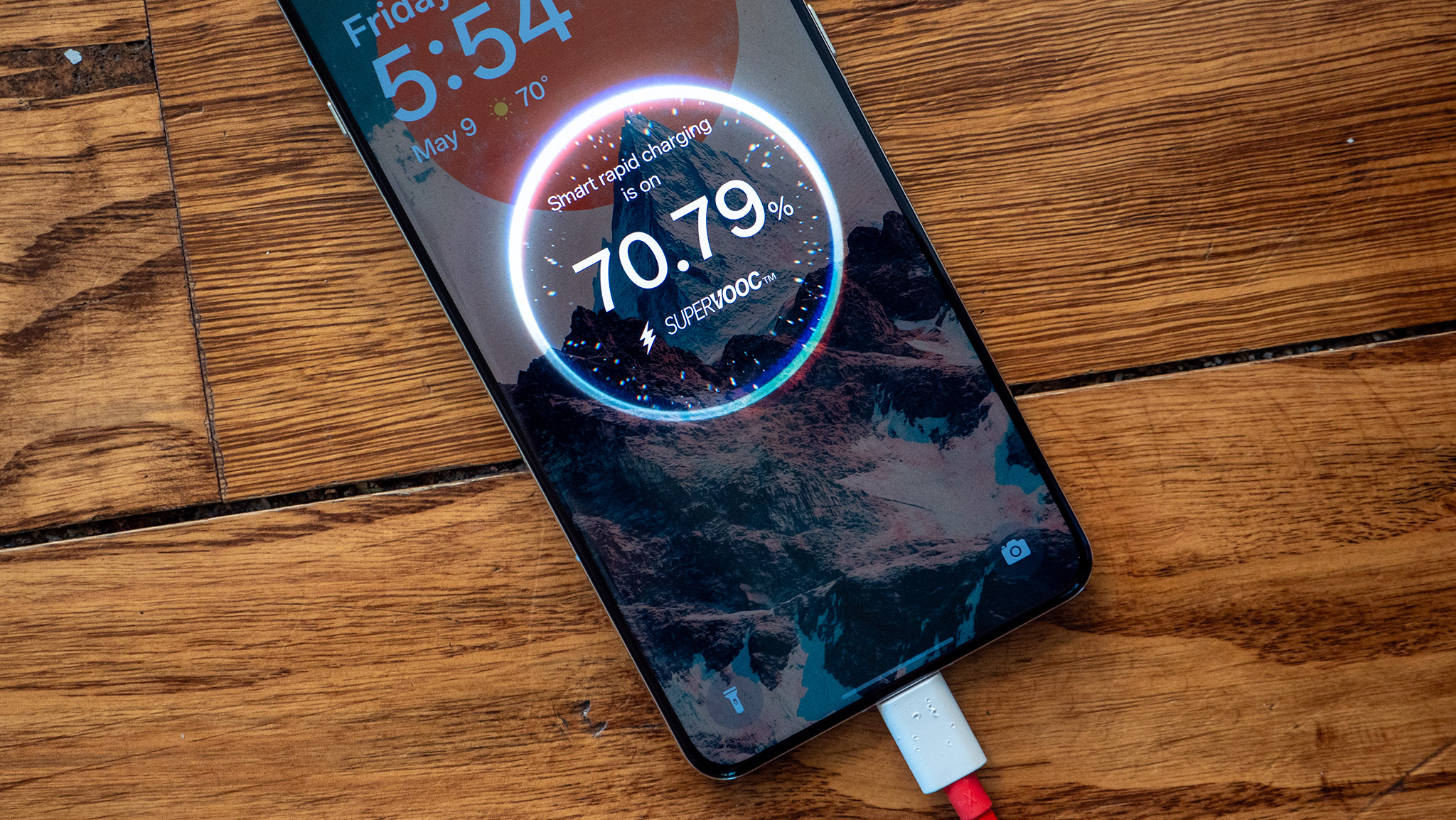
As I noted previously, I took the OnePlus 13 into a 68 °C (155°F) sauna for an extreme 30-minute gaming stress test. Even though it was in a case — something that usually hinders thermal management — the phone never exceeded 50 °C, despite the environment around it reaching 68 °C.
I also have never seen the phone falter once in its impeccable performance, whether that's normal day-to-day scrolling or playing games at 120FPS. Multitasking is the best I've seen among any flagship phone, including a multitasking UI that makes it easy to quickly switch between apps faster than any other phone I've used.
Phone | Single-core | Multi-core |
|---|---|---|
OnePlus 13 (Snapdragon 8 Elite) | 2893 | 9058 |
Apple iPhone 16 Pro Max (Apple A18 Pro) | 3386 | 8306 |
Samsung Galaxy S25 Ultra (Snapdragon 8 Elite for Galaxy) | 3031 | 9829 |
Samsung Galaxy S24 Ultra (Snapdragon 8 Gen 3) | 2300 | 7249 |
Google Pixel 9 Pro XL (Google Tensor G4) | 1929 | 4747 |
Asus ROG Phone 9 Pro (Snapdragon 8 Elite) | 2012 | 8076 |
A row of app icons at the bottom of the Recents screen allows for instant switching between 10 apps at a time, providing a more efficient experience akin to desktop OS taskbar efficiency, rather than the bumbling UI Google typically employs in stock Android and on Pixel phones. It's the best multitasking UI you'll find on any phone.
OnePlus has also added the fantastic Canvas functionality from the OnePlus Open foldable, making it easy to run an app in nearly full screen with a second app "in waiting" for extremely efficient 2-app multitasking. This is better than traditional split-screen multitasking on a phone because the main app occupies most of the display, rather than being cut in half.
OnePlus 13: Cameras

- For the first time ever, OnePlus crafted a camera experience that matches flagship phones from Google and Samsung.
- Excellent motion capture and dynamic range thanks to a new dual exposure algorithm.
- 4K Dolby Vision recording support on all four cameras, plus added bonuses like 480FPS slow-mo and the much-lauded XPAN mode.
For ages, OnePlus has lagged behind the pack with its smartphone cameras. That all changes with the OnePlus 13. It's not only the first OnePlus phone I think is worthy of the Hasselblad branding — despite this being the 5th year OnePlus phones have donned the "H" — but it's easily one of the best smartphone cameras I've ever used.
It's also the first time I've used a OnePlus phone and not felt the need to bring along a second phone to ensure I get the best photo. In fact, most of the photos in this review were taken using the OnePlus 13's RAW photo option.
This phone's camera rivals the best from Google, Samsung, Apple, Honor, and Vivo in every category, and it's truly impressive to see OnePlus make such a significant leap in quality in a single generation. Some of it is due to the new Sony LYT camera sensors used in the main and telephoto cameras on the back, but a significant portion is attributed to software.
OnePlus is introducing a brand-new dual exposure algorithm that is used with every single capture and shines in both HDR and motion capture. Considering these were the only two real weak points of the OnePlus 12's camera, it's reassuring to see that OnePlus has focused so much on these areas.

Dual exposure powers the upgraded action mode, which can capture moving subjects just as well as a Pixel or Honor phone, both of which hold the crown in capturing moving subjects. This is a massive step forward for the company and solidifies the feeling that you can finally consider a OnePlus phone if a good camera is the main reason you choose your smartphone.
OnePlus recommends holding down the shutter button to capture a burst of photos using the company's new Clear Burst algorithm. However, I've found that the AI-based processing model does an excellent job of automatically selecting the best photo even when you tap the shutter button once.
If you take a picture and tap the preview image fast enough, you'll often be able to see the image processing quickly and choose the best photo for the end result. Holding down the shutter button gives you more manual control and lets you choose from a selection of burst shots if you prefer that.
Take the bowling lane above, which is easily one of the best photos I've ever captured with a smartphone camera. This bowling alley is in a dimly lit bar in downtown Asheville, which is already a tough environment for a smartphone camera. Most phones would overexpose this image, making it appear as if it were taken during midday. Not the OnePlus 13, which absolutely nails the exposure and captures the mood perfectly.
Then, there's the bowling ball in the middle of the image. It was traveling down the lane when I captured the shot, but unlike most other smartphones, the ball is perfectly crisp, and the moment is enshrined in the image to utter perfection.






The OnePlus 13 is one of the only phones that still offers 480FPS slow motion video, while most "flagships" stop at 240FPS. Even Samsung abandoned its 960FPS modes last year and hasn't bothered offering anything better, although the company's instant slow-mo feature (powered by AI) is a ton of fun to use.
If you want to see more camera samples, read my full OnePlus 13 camera review.
OnePlus 13: Software
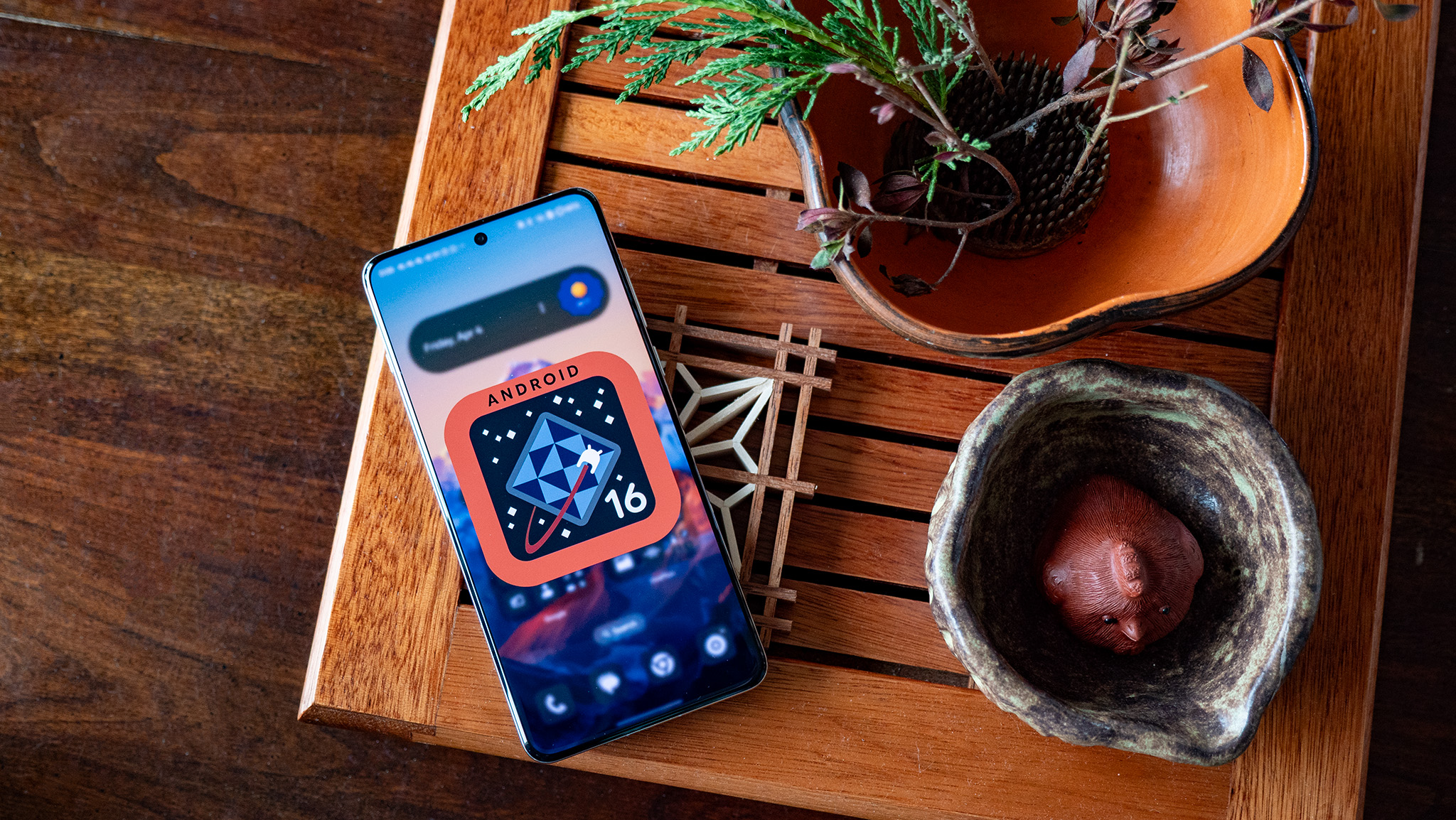
- Six years of software updates promised for the first time.
- OxygenOS 15 delivers a feature rich experience without feeling bloated.
- New AI features have been delivered six months after launch, and it was one of the first phones with an Android 16 beta.
allows you to save screenshots, notes, and other content in an AI-powered,The OnePlus 13 launched with the Android 15-based OxygenOS 15, which features an identical set of capabilities to OPPO's ColorOS, found on phones like the OPPO Find X8 Ultra. OxygenOS 15 was already available on the OnePlus 12, OnePlus 12R, and several other OnePlus phones, so most of the feature set isn't anything new.
In summary, you'll get one of the best Android UIs available today, including tons of customization options, cleverly designed UI elements and buttons that make it easy to find what you need quickly, and unique elements like the OnePlus Shelf on the home screen that you may or may not use (I don't).
Since its launch, OnePlus has introduced new AI features that are genuinely useful. The new AI Mind feature lets you save screenshots, notes, and other content in an AI-powered searchable "gallery" that feels like a supercharged version of Nothing's similar feature. It's a great addition and something no other phone has right now.
OnePlus 13: What's the downside?

While I'm convinced the OnePlus 13 is the best phone you can buy today, even a "perfect" smartphone has its downsides relative to the rest of the market. On the software side of things, OnePlus doesn't offer as many offline AI features as Google or Samsung, even if it now offers enough compelling, unique features to justify the cloud connectivity.
You also won't get as many software updates as Samsung or Google promise. Those companies will update their latest phones to Android 22, while the OnePlus 13 will only get up to Android 19. You'll still receive security updates beyond that, but new features may not be introduced.
Still, that's six years of viable use out of the phone, which, at least for me, is more than enough, especially when considering a flagship device.
On the hardware side, as much as I love what OnePlus did with the hardware design this year, there's no denying that flat screens make it easier to find a good screen protector. Since the OnePlus 13 features an ultrasonic fingerprint scanner, a specific type of tempered glass protector is required to work with it, and I've yet to find one that supports both curved glass and an ultrasonic fingerprint sensor.
OnePlus 13: The competition

OnePlus's most direct competitors in the U.S. are the Google Pixel 9 Pro and the Samsung Galaxy S25 Plus. Both phones retail for the same price but offer less RAM and less storage. Additionally, both are slower, significantly more so in the Pixel's case, and both offer worse displays that are harsher on the eyes. Samsung's haptics feel downright pitiful compared to those of Google or OnePlus.
Charging speed is also embarrassingly slow on Samsung and Google phones compared to OnePlus, and the OnePlus 13 offers better battery life than either of these devices. The only real advantage of going with either Samsung or Google is that you'll get three more OS updates before you may need to buy a new phone. I'm not sure how many people actually hold on to phones for more than five years, but it's still an advantage Google and Samsung have for now.
Internationally, brands like Vivo offer a similar UI on some phones and may also offer slightly better cameras, depending on what you like photographing. Overall, the camera improvements OnePlus made with the OnePlus 13 mean that even phones like the Vivo X100 Pro are outclassed in aspects such as motion capture and video recording quality.
OnePlus 13: Should you buy it?
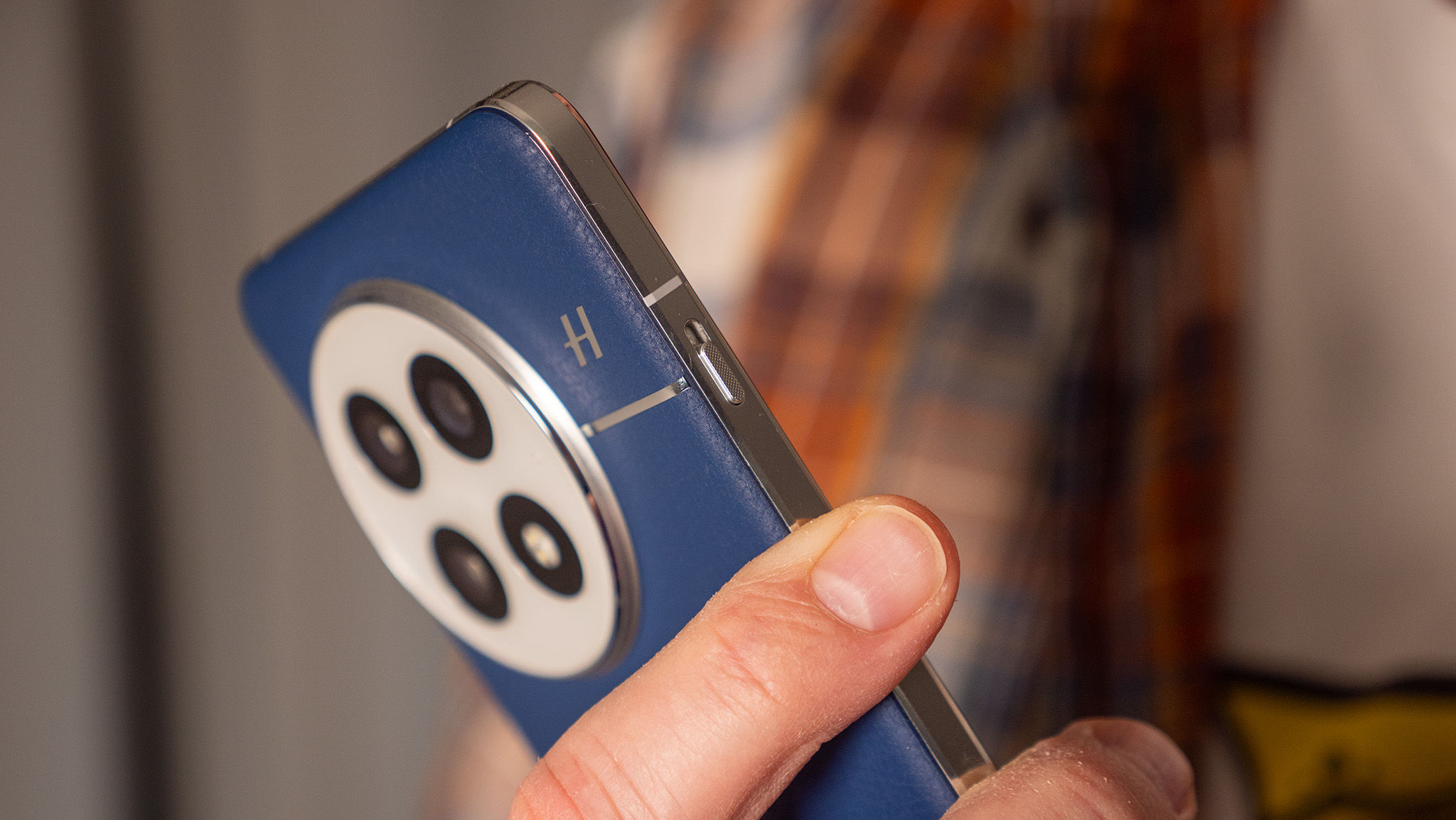
You should buy this if...
- You want a unique-looking phone that's built better than you thought a phone could be.
- You need an excellent camera experience that can capture kids and pets without blur.
- You're a power user who loves peak performance, multitasking, and battery life/charging.
You shouldn't buy this if...
- You want to use AI tools with offline functionality.
- You want to keep using your phone for more than 6 years with updates.
The OnePlus 13 is the best Android phone ever made. It's the only phone I've ever given a perfect review score because there's no area where the phone falters or needs real improvement. The hardware is as good as it gets, offering the best haptics, superior build quality, top-notch design, and unique features like the alert slider. It also features a display that's both best-in-class and safe for your eyes in the long term, unlike its competitors in North America.
The value for the money still eclipses everything else in its class despite the $100 price increase over last year's OnePlus 12. More RAM and storage than the competition means it'll feel newer for longer than other phones, and the top-tier performance and multitasking will make any power user happy. Plus, there's simply nothing like the OnePlus 13's battery life or charging speeds.
And let's not forget about the camera, which somehow meets and even sometimes beats the best on the market. It's a position I never thought I'd see a OnePlus phone in, yet the OnePlus 13 sports a camera that everyone will love to use all day. The OnePlus 13 is a triumph of a phone that everyone should consider, and it's almost certainly the phone of the year for 2025, despite launching in the first two weeks of January.

The OnePlus 13 is the best Android phone ever made, with uncompromising design and build quality, top-tier performance, features you'll love using, and a camera that'll make you smile day or night.

You must confirm your public display name before commenting
Please logout and then login again, you will then be prompted to enter your display name.
